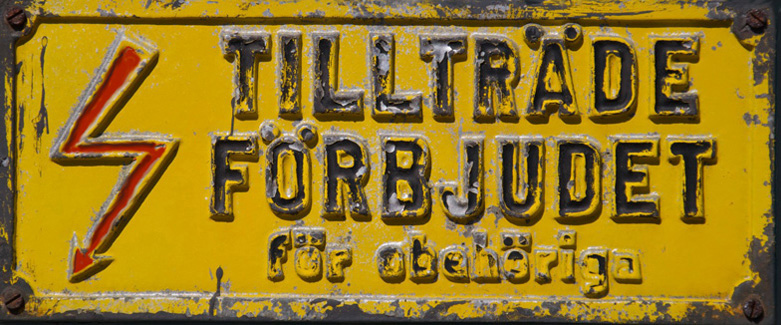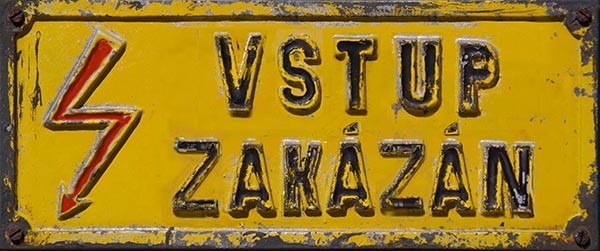
SHINDLER'S ARK,
THE OSKAR SCHINDLERS AMMUNITION FACTORY IN BRNĚNEC CZ
.
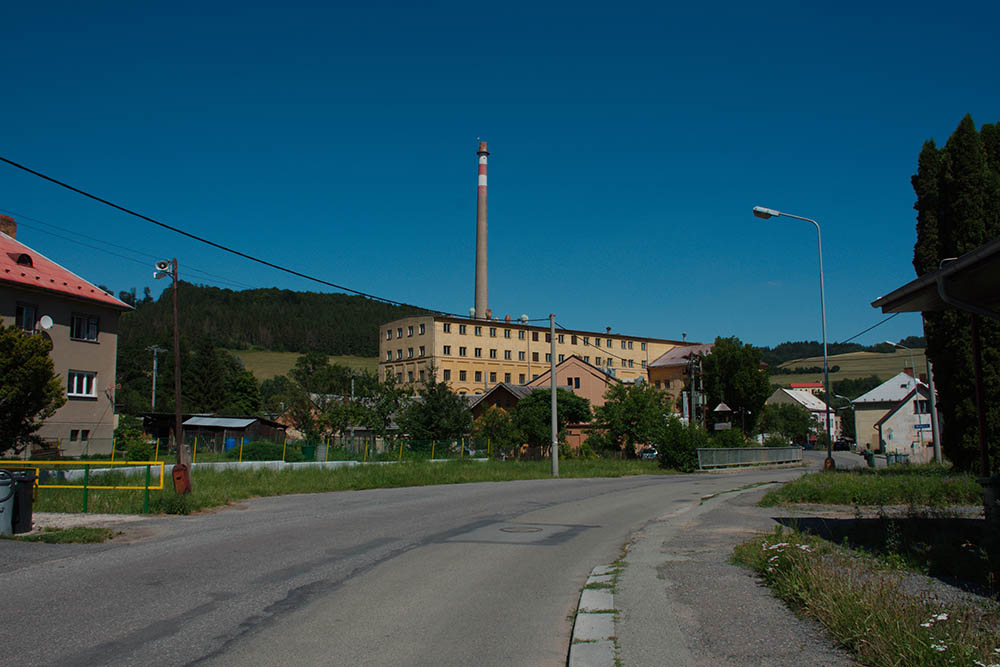
The first thing you see when Arriving in Brněnec from the north west is the yellow building as was a part of the Schindler’s factory area but is still in use. Behind are the ruins of the factory, the Schindler’s work camp. The Film team from Schindler’s List never visited Brněnec or Brezova nad Svitavy.
……
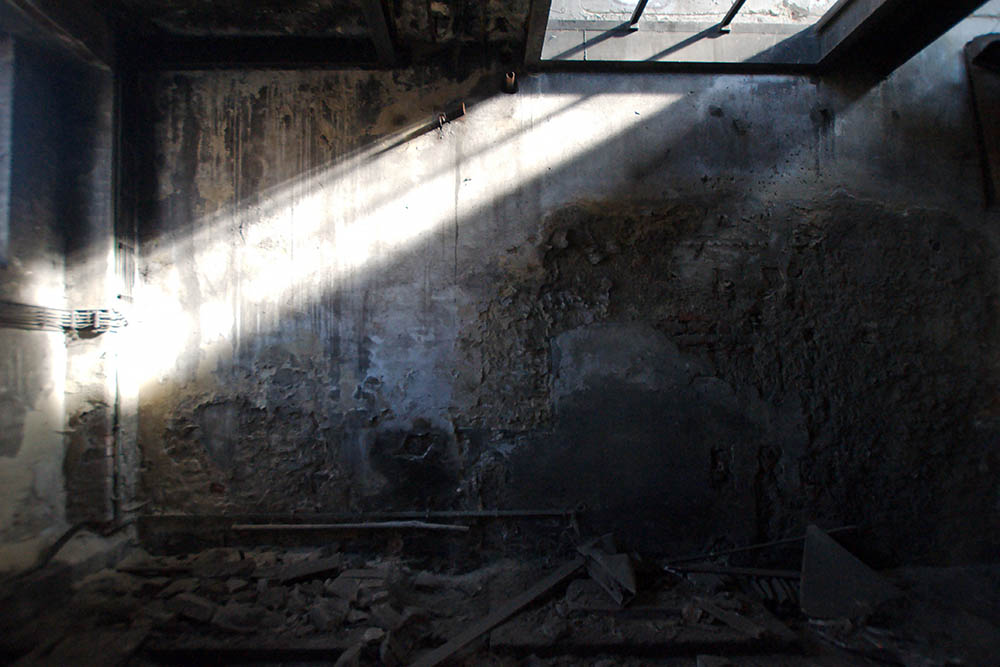
"a man of complete obscurity who makes us wish and hope for Oskar Schindlers in all of our lives."
……
Płaszów:
Labour camp in Krakow where the Schindler worker did live during their time in Krakow
DEF:
Deutsche Emailwaren Fabrik, Schindler’s enamel factory in Krakow. Most of the film Schindler’s List was recorded here. The factory is today renovated and is a museum of the Holocaust as well as the works of Oskar and Emilie Schindler. It is NOT this factory I write about here. The factory was unknown to the world until the film Schindler’s List 1993. When the labour camp Płaszów in Krakow was to close and the prisoners, among them the workers of Oskar Schindler’s factory, would be moved to Auschwitz and Gross Rosen for “the final solution” Oskar Schindler together with the prisoner Itzhak Stern wrote the list.
Ostbahn:
The railway network in the east occupied states.
.
.
.
Auschwitz:
Concentration camp, death camp, 45 kilometres west of Krakow. Different spellings occur, here Auschwitz is used.
Gross Rosen (Gross Rössen):
Concentration camp, death camp, 200 kilometres north west of Krakow. The Schindler factory in Brünnlitz CZ was a sub-camp under the administration of Gross-Rosen.
Krakow, Brünnlitz, Brněnec
Krakow: Town in southern Poland where Schindler’s first factory DEF. was situated.
Brünnlitz in German, Brněnec in Czech: Small town in east Czechia. Czech Republic.
Schindlerjuden: Schindler Jew:
Was a concept that the camp prisoners i.e. Schindler's workforce called them self. The concept survived the war and even far later the survivors referred to themselves as Schindlerjuden.
.
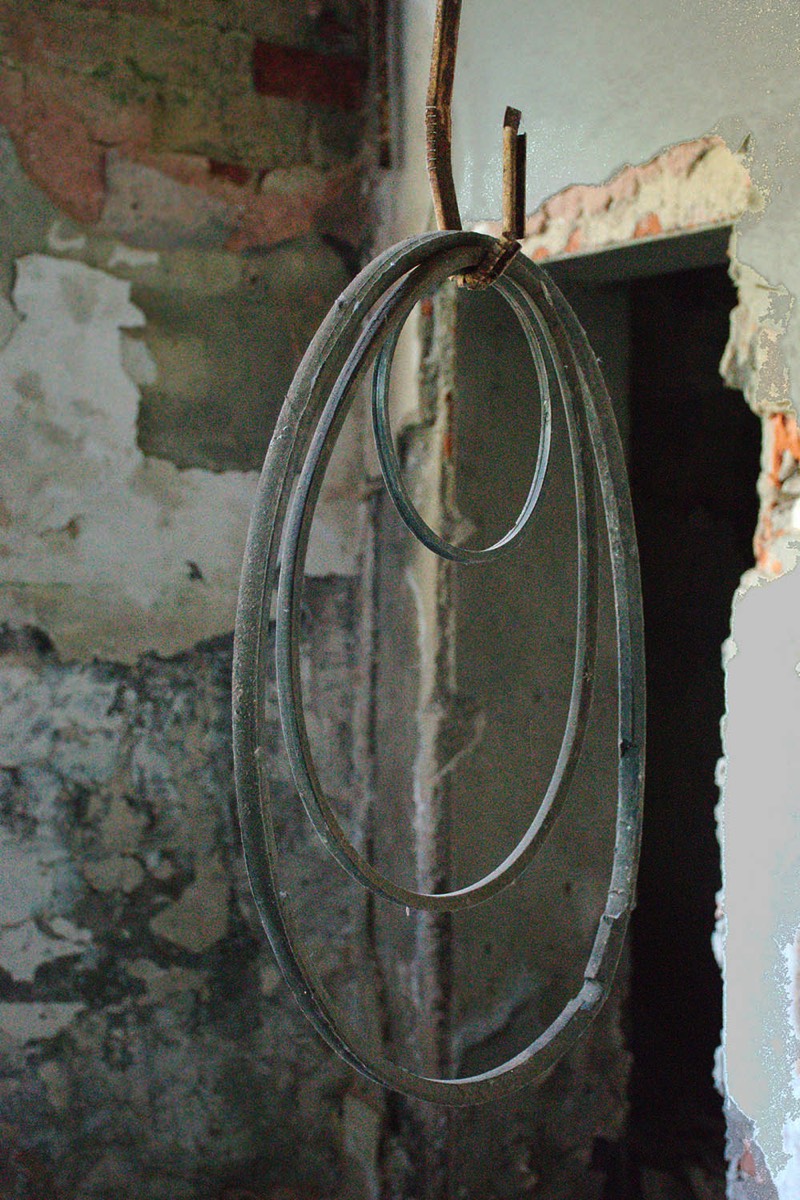
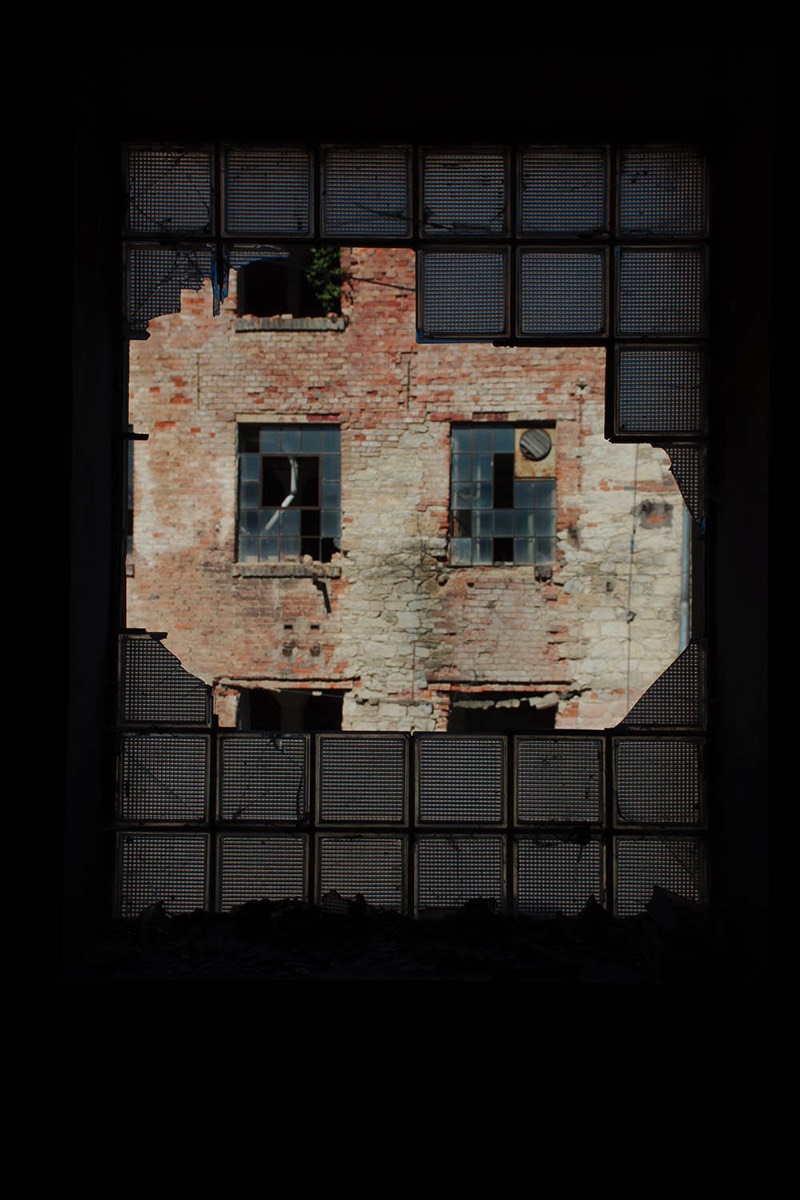
.
I do not tell the story about Oskar Schindler, when he comes to Krakow to take over a polish factory and with the use of slave-labour earning money. He was married but had regularly several mistresses during his time in Krakow. He did have a large and safe source of income from the Nazi German armed forces. Beside he earned large amount of money on the black market together with his labours from the factory. Somewhere in his consciousness as the Nazis methods
.
black market together with his labours from the factory. Somewhere in his consciousness as the Nazis methods became increasingly reckless, he acted with greater regard for those who worked at his factory and counteracted what was in the Nazis interest. Most of the money he later spends he earned during his time at DEF. in Krakow.
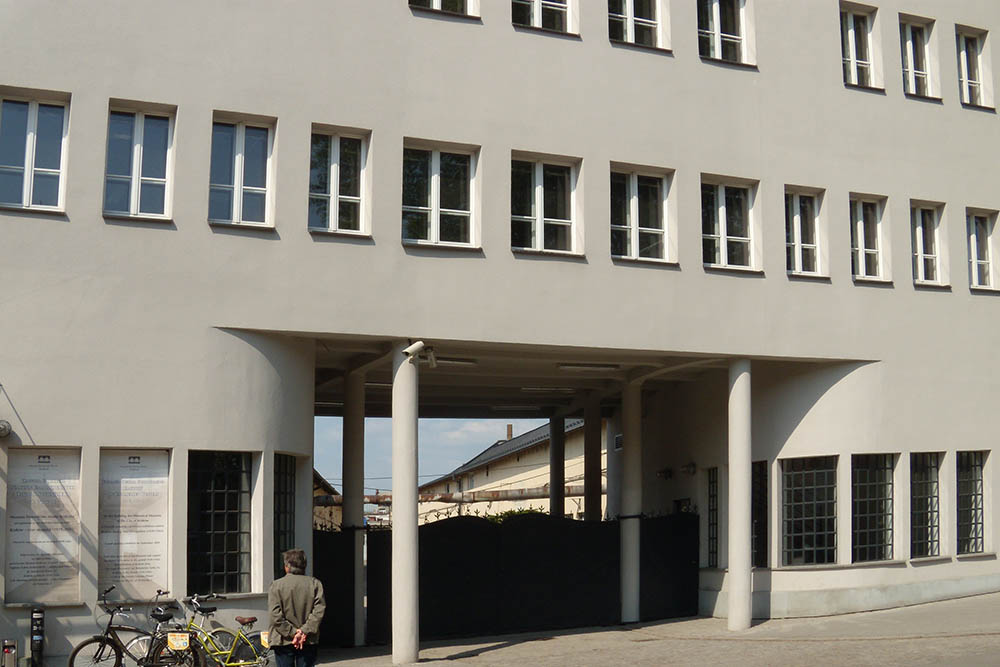
DEF: Deutsche Emailwaren Fabrik, Schindler’s enamel factory in Krakow, today a museum.
.
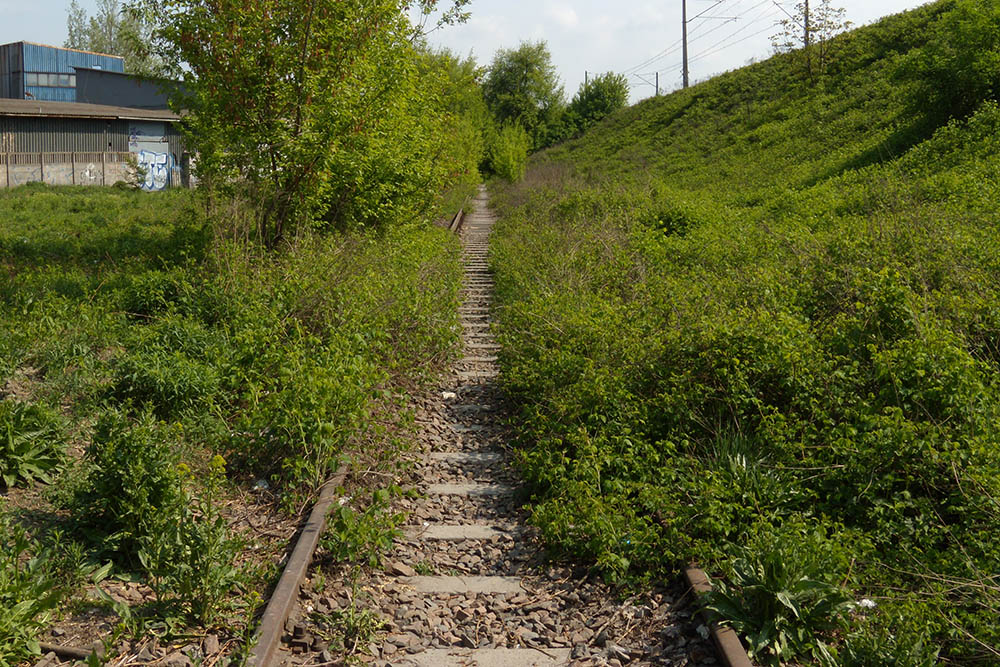
Behind the factory, trail to Płaszów towards the holocaust or a sanctuary in Brněnec
.
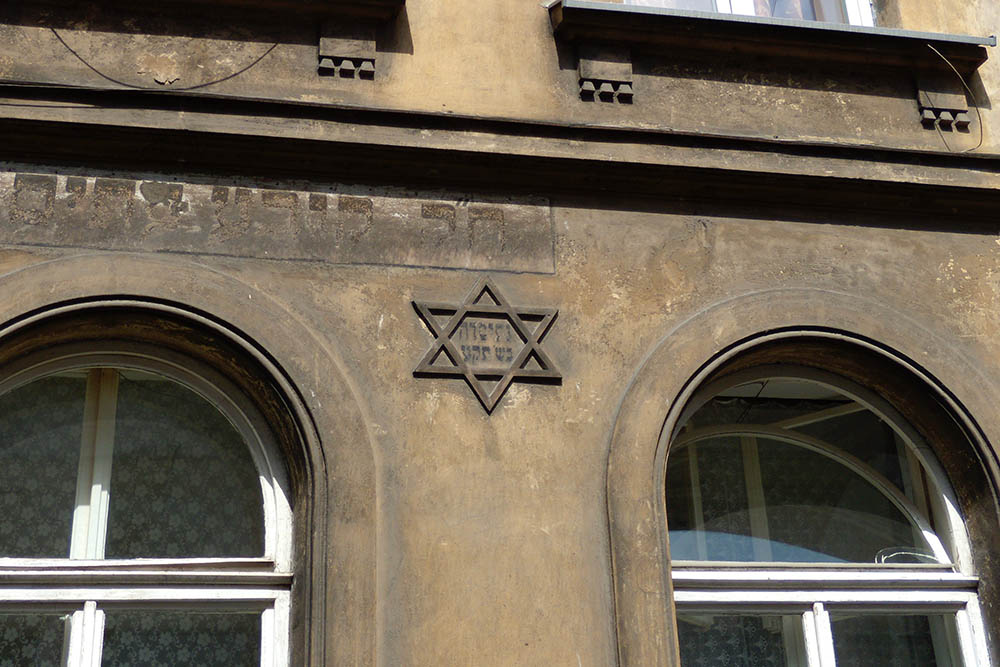
The Jewish Quartier in Krakow, Kazimierz
.
The film Schindler’s List was filmed in Krakow, Poland. The film team never visited Brünnlitz, Czechia, all the scenes from the "new" factory in Brünnlitz are as well recorded in Krakow. Those rescued by Oskar Schindler, those from Schindler's list, came to a factory that officially manufactured ammunition for the armed forces. Approximately 1200 labour camp inmates were rescued from Płaszów, Krakow. The factory was a nazi labour camp under Gross Rosen's administration. Today it is an abandoned industrial ruin.
.
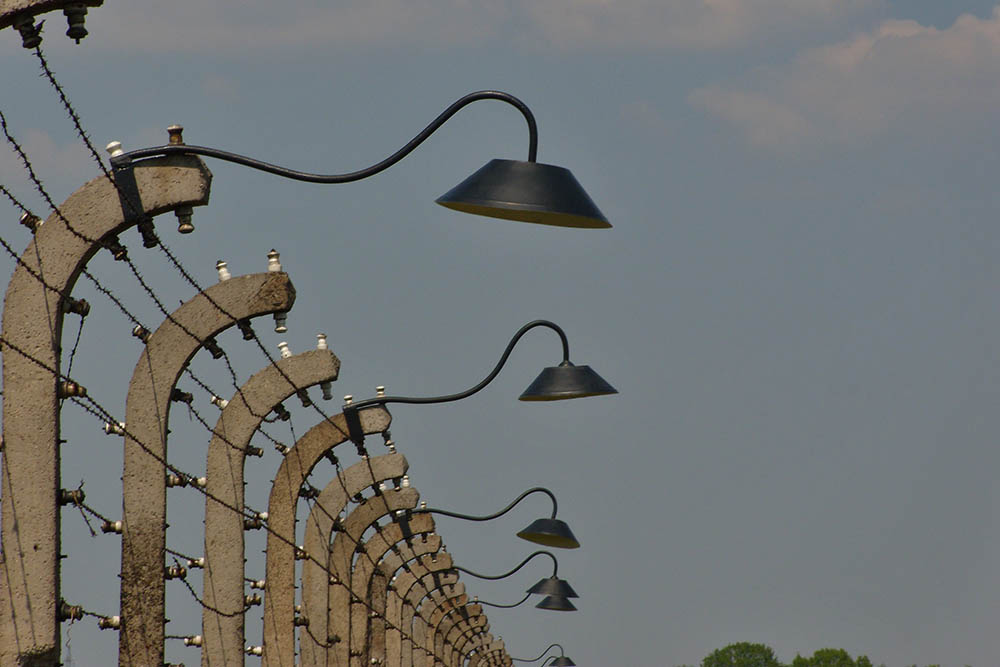
"The tourist attraction" Auschwitz
.
All facts come from Thomas Keneallys bok Schindlers Ark, (after Spielberg's film 1993, called Schindler's List), chap. 31-38. The book is based on statements from surviving witnesses and their stories. Spielberg's film is based entirely on the book with further interviews of survivors to confirm and verify Keneally's book. Spielberg doubted some stories when he read the book, it was too good to be true. "But if two or more witnesses independently told the same story”, I had to realize that it was true."
.

.
There is no station in Brněnec, the place is called Březová nad Svitavou, here they got off.
.
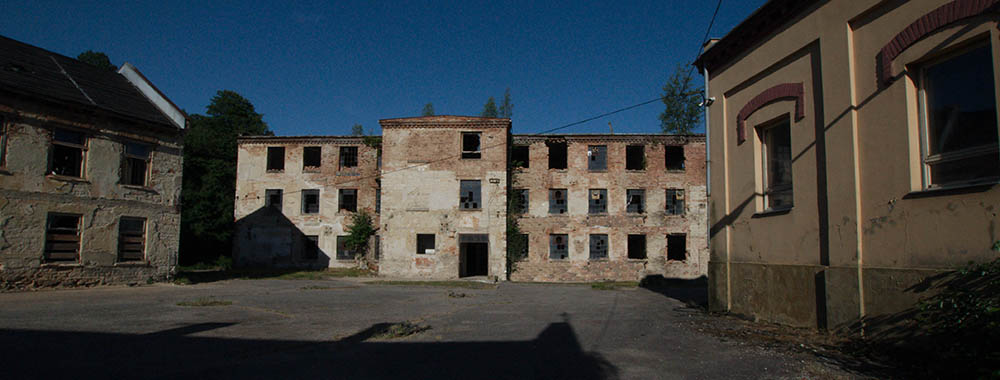
A summer afternoon at a historic site. To the left, Oskar Schindler's office. The factory in the middle was in place when Schindler bought the area and to the right the workshop of the newer factory built by Oskar Schindler. There were about 1500 camp prisoners and hundreds of soldiers to supervise the production.
.
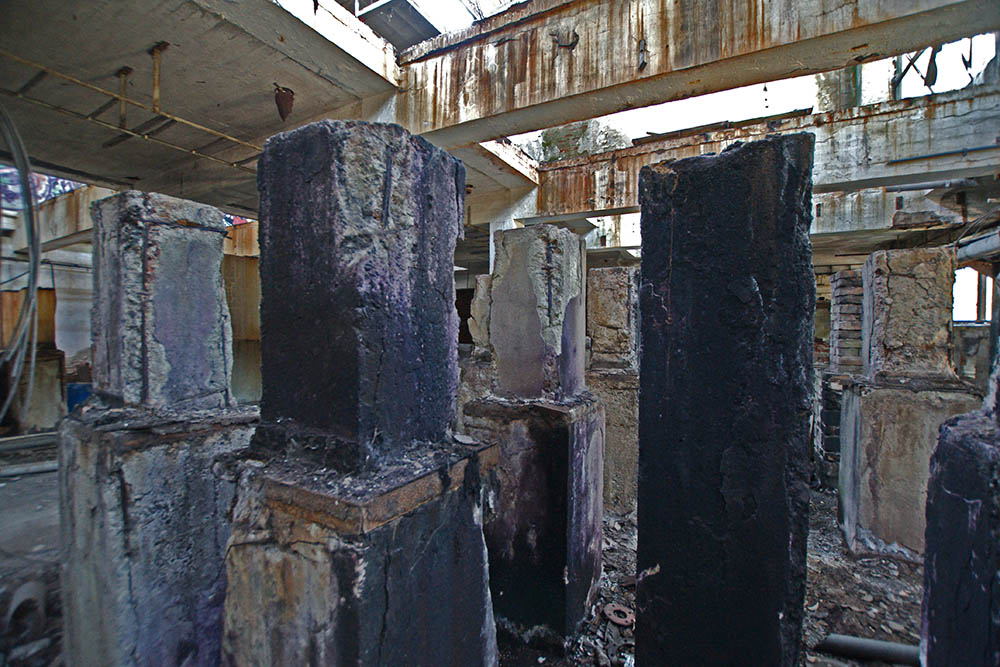
…
Płaszów, Krakow, late summer 1944
The Red Army recapture from the east more and more of nazi Germany’s conquests from the beginning of the war. While the death factories in nazi Germany are working full time, it is decided that camp inmates and slave workers should be moved west to hide the iniquities and that war production should not benefit the Red Army.
Oskar Schindler is informed by the SS that the Płaszów labour camp and his factory will be closed down and he’s workers in the factory will be sent to Auschwitz or Gross Rosen. In other words, to a certain death in the gas chambers. He now decides to buy a factory in his hometown of Brünnlitz and expand it to apparently drive production further.
…
…
He will bring his officially skilled workforce to Brünnlitz, but it is urgent, it takes months to build a new factory and rebuild the old one in Brünnlitz. At the same time SS hastens and exacerbates the chaos that prevails. Oskar Schindler does not have months, he acts immediately. He contacts his friend Amon Goeth, the camp manager in Płaszów and bargains to buy his approximately 1200 workers and bring them along. It is now that he writes the list, i.e. lists, it is said there were seven list in total. Lists with the names of those to go with. The list contains not only the workers in his factory, among other, he lists the workers' siblings and children as well as Goet's housekeeper Helen Hirsch and her sisters.
.
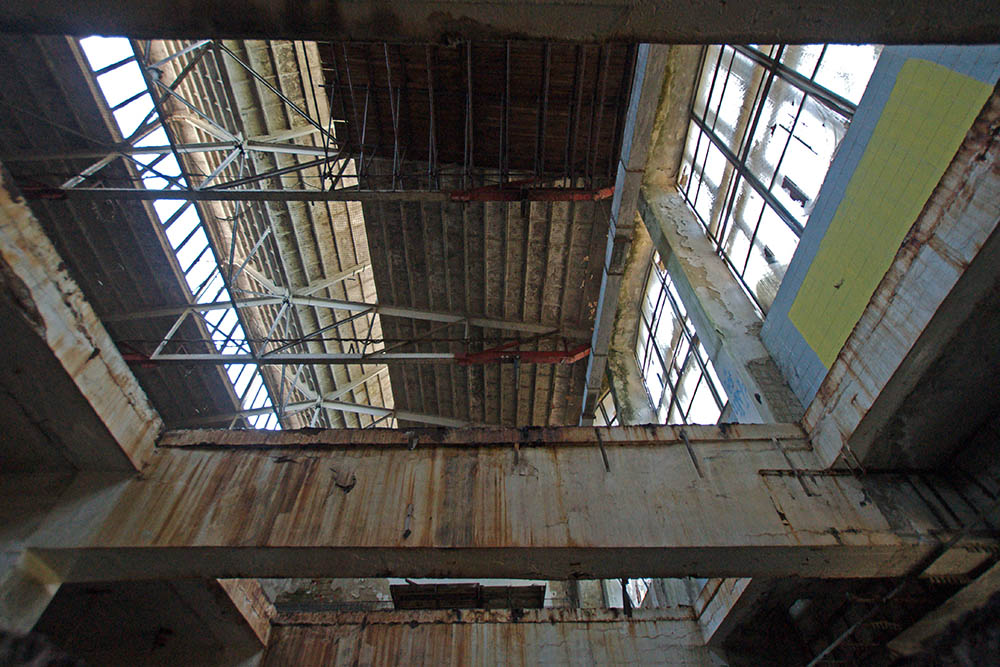
.
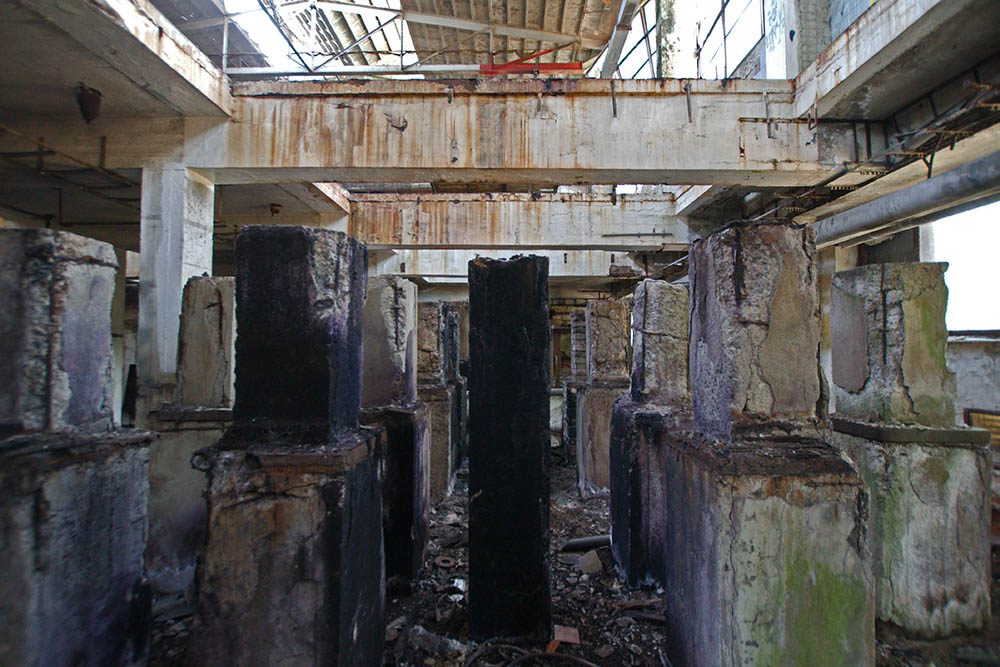
…
Płaszów, Krakow, Sunday 15 October 1944
The train to Brünnlitz where filled with Schindler’s approximately 800 male labour camp prisoners, from the list. The women have to wait one more week until Sunday the 22 October before they could continue to Brünnlitz. SS kept men and women strictly apart in Płaszóws camp in Krakow as well as in the transport to Brünnlitz in Moravia. First stop was the concentration camp Gross-Rosen where the prisoners should get new clothes, got their hair cut, have a shower and get disinfected before they went on to Brünnlitz.
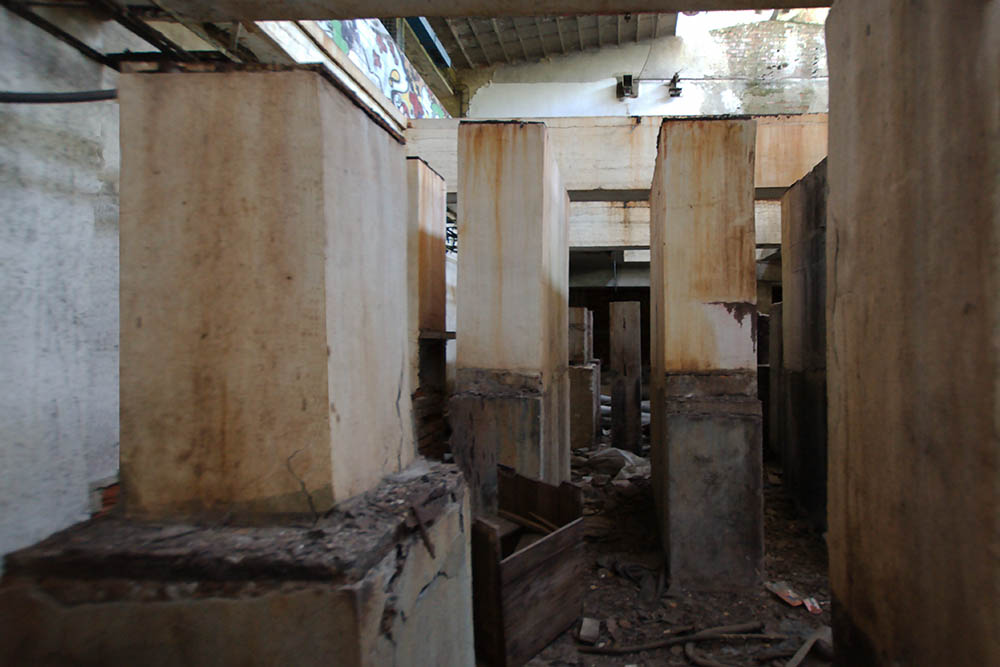
…
…
hair cut, have a shower and get disinfected before they went on to Brünnlitz. The scenes in the film when they are under the shower nozzles and do not know if cyclone-B gas or water is to come are, according to all recorded sources, taken from reality. - Water finally came from the showers and the prisoners were given clean clothes. Until I read the book, I thought it was a typical Spielberg effect to surprise the cinema audience.
.
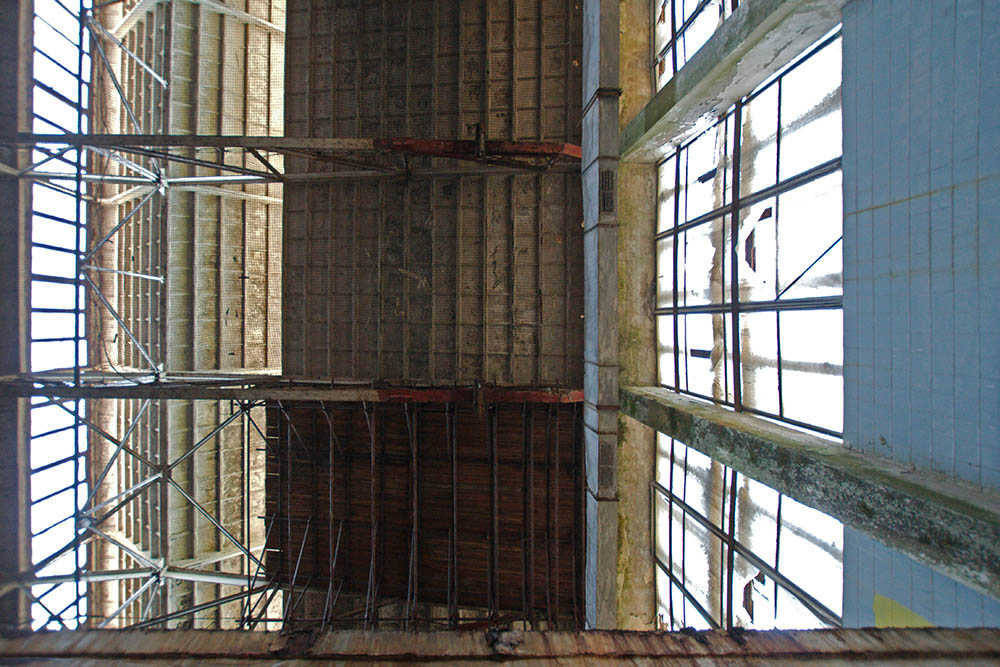
.
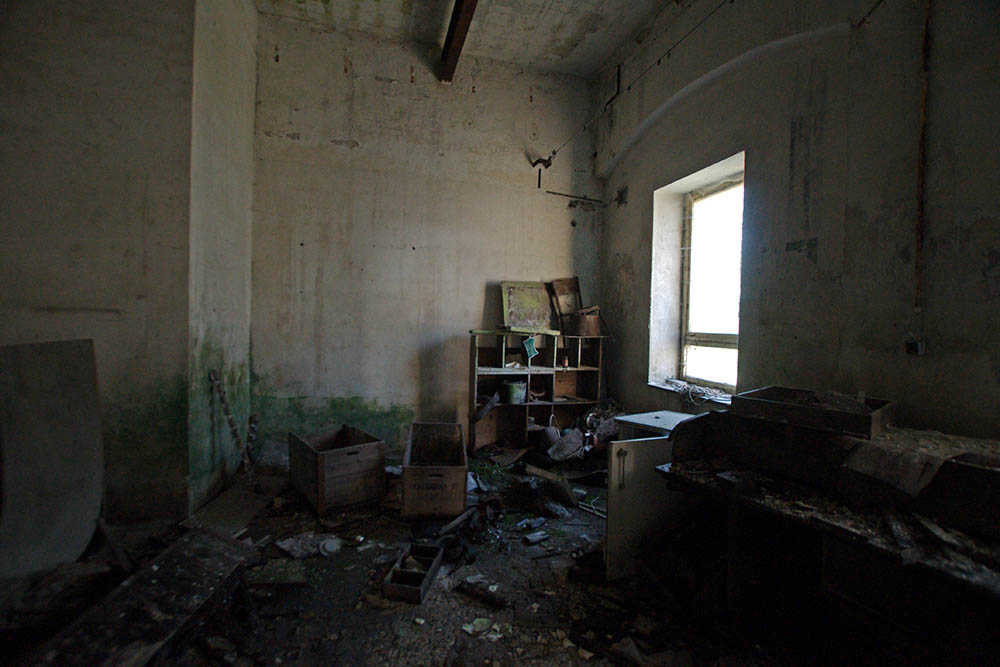
.
Gross Rosen Wednesday, October 18, 1944
The transport to Brünnlitz took five days, three spent in Gross Rosen, where the male prisoners did not know whether they would move on or end up in the gas chambers like others in a similar situation. The last two days they were locked in freight wagons on their way from Gross Rosen without knowing if they would really be able to come to Brünnlitz. The route was just under 200 kilometres and should be completed in a few hours, but Ostbahn, which also included Krakow - Brünnlitz suffered a shortage of most and with the Red Army closer from the east everything would move west, war machinery and concentration camp prisoners. Most prisoners were forced to walk until they fell or be shot. 800 men, camp prisoners paid by Oskar Schindler
.
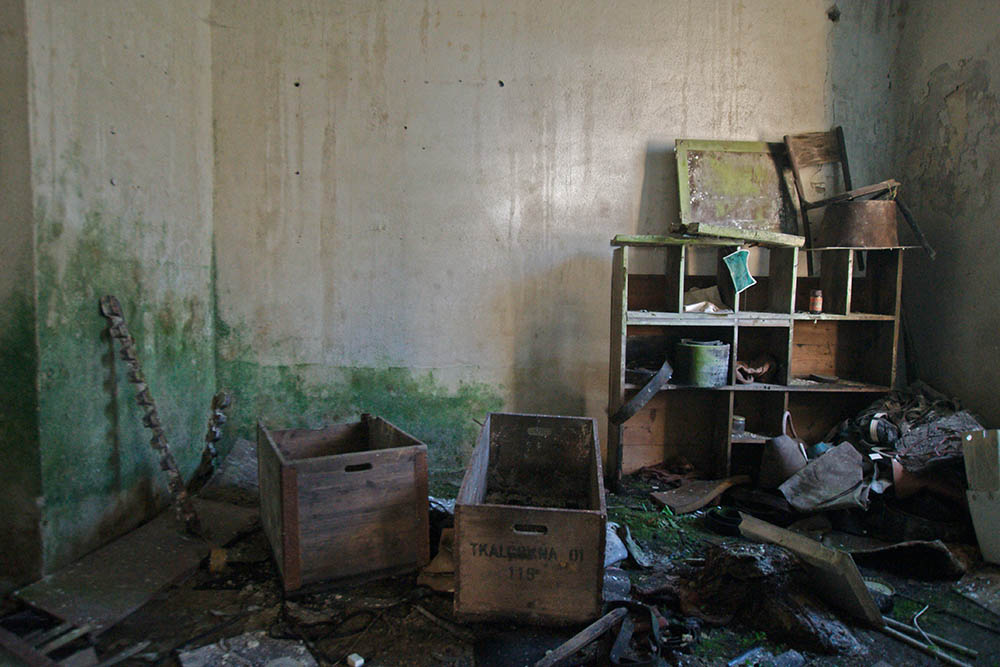
.
.
800 men, camp prisoners paid by Oskar Schindler to get to he’s new factory were locked in freight wagons with the hope of ending up in Brünnlitz, finally the carts move and was leaving Gross Rosen. It was late October and the thermometer was below 0°C, which the SS and the camp administration did not take into account.
Olek Rosner who was nine years old, was in one of the freight cars, he was regularly raised to look through the ventilation holes and tell what he saw. When he could tell that he saw snow-capped mountains and woods, fear and uncertainty changed for relief, they were on the right path in Moravia. The real Olek Rosner is seen in the film's final scene, 54 seconds into the movie.
.
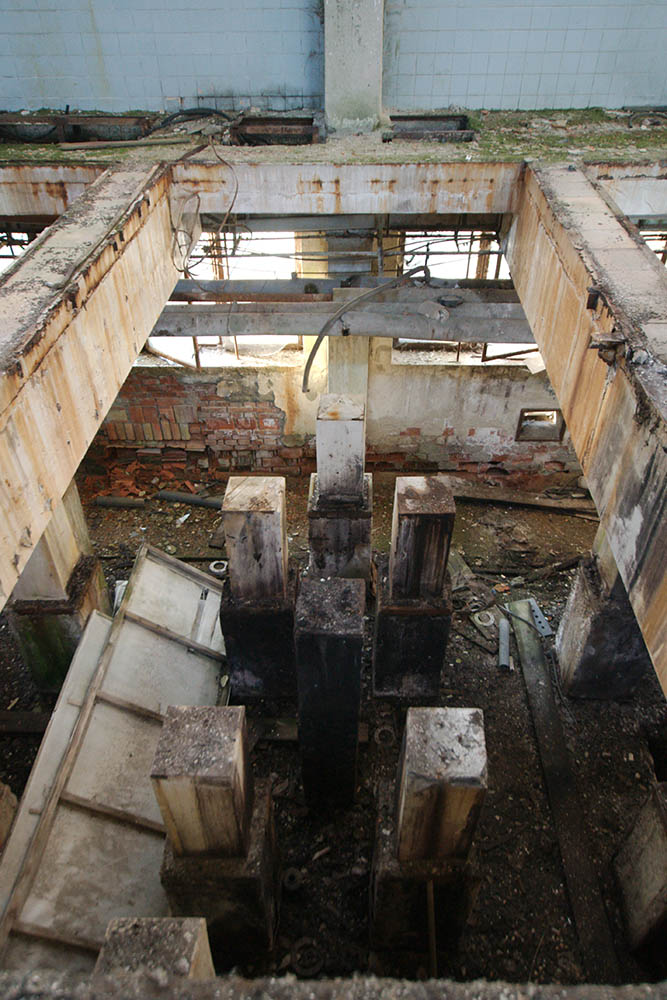
The concrete foundations of the major presses do not fulfil
any task. Officially, this was an ammunition factory. In
reality not a single proper made grenade left the factory.
.
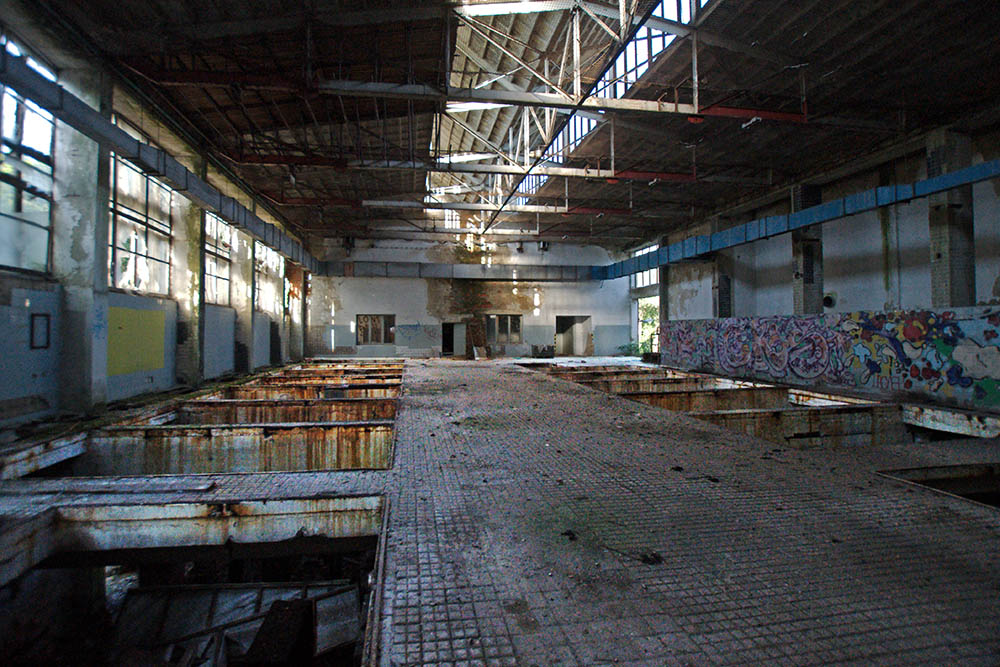
.
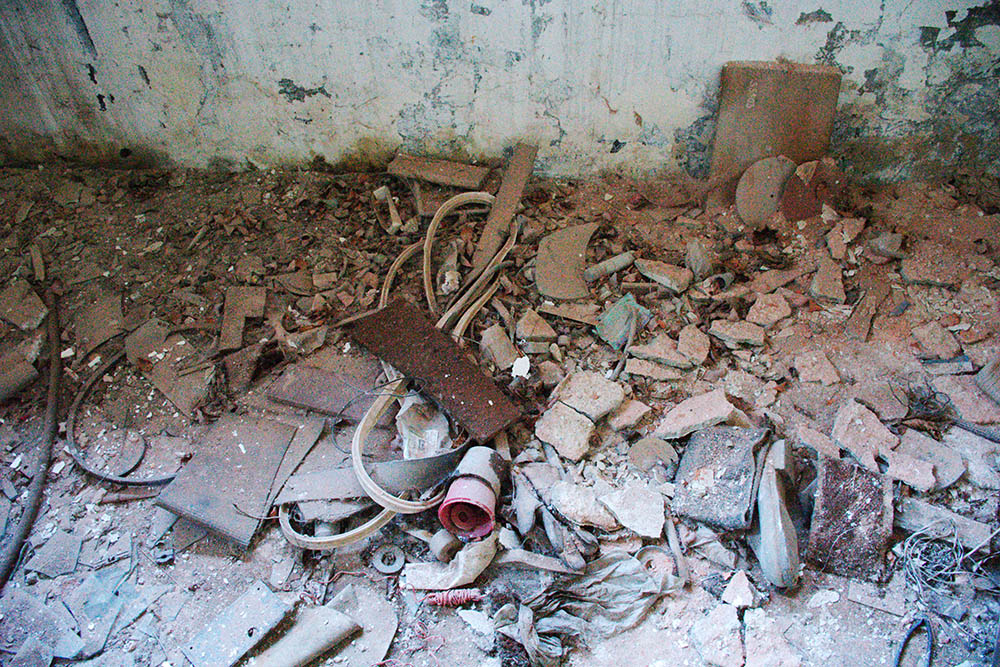
…..
The Brünnlitz labor camp, Oskar Schindler's factory, was under Gross Rosen's administration. When the head of Gross Rosen SBF Hasselbroek inspected the camp and its facilities for SS soldiers and camp prisoners, he certainly had he’s opinions and doubts about the prisoners' amenities. When he left the camp by car, the trunk was filled with better brandy, fine crockery and a surplus of tea and coffee. The camp was approved in every respect and no unnecessary bureaucracy would trouble Oskar Schindler's production and handling of camp prisoners as long as Hasselbroek was the head
…..
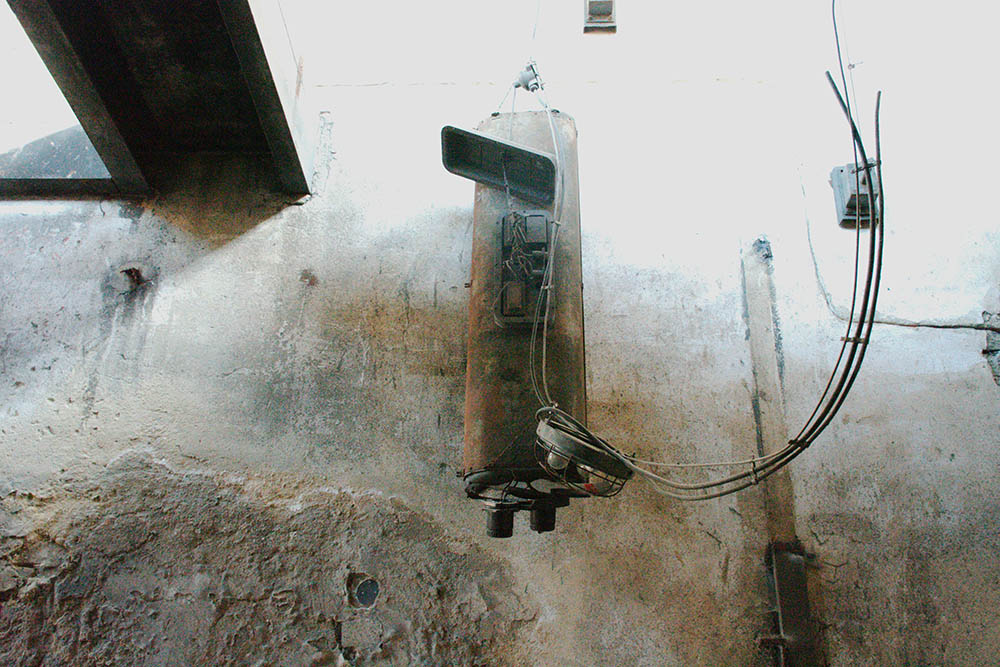
…..
production and handling of camp prisoners as long as Hasselbroek was the head of Gross-Rosen.
. But future was not without further problems for Oskar, new officers and managers were added, but Oskar Schindler always had methods to get them in a better mood. The entire labour camp had been built and paid for by Oskar Schindler, bribes and black-market trades was a common way to solve needs for Schindler.
.
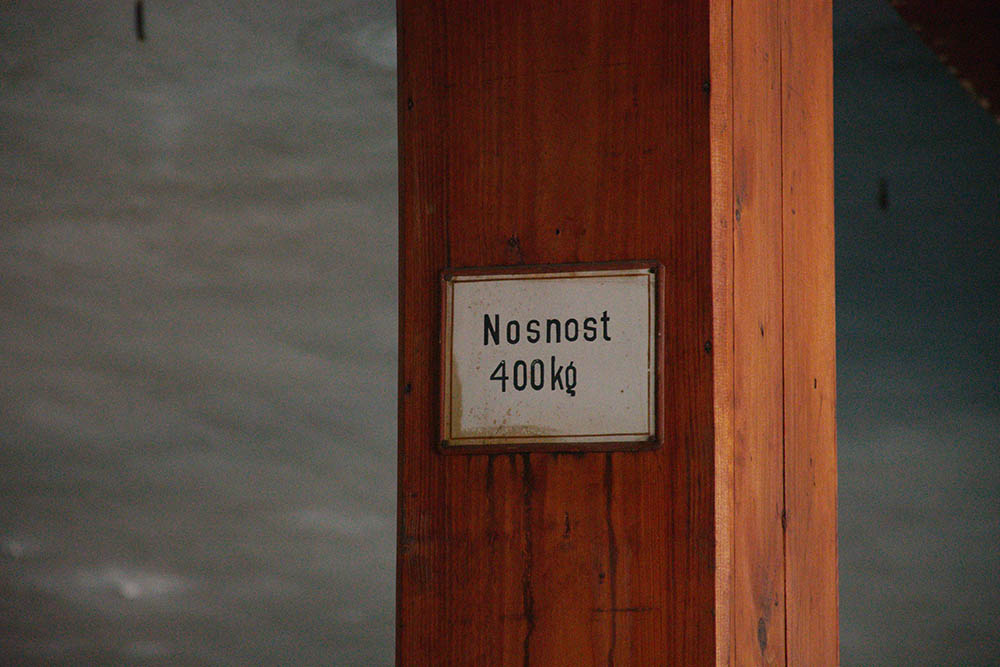
.
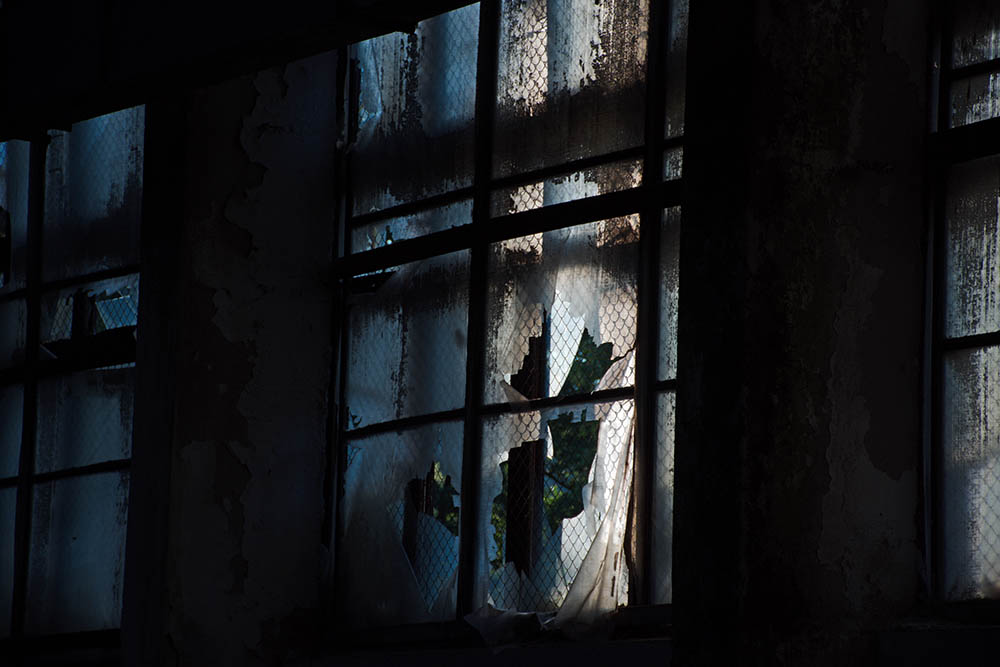
Here worked more than 1 300 camp prisoners
.
.
The volume of Schindler's bribes to the military SS hierarchy corresponded to 250 trucks, or over 100 railroad cars, the wagons would travel from Krakow to Oranienburg outside Berlin. It is the end of 1944, chaos prevails in Poland and eastern Germany. Schindler's sarcastic comment was "it is incredible in these times of disintegration what Ostbahn can find wagons if they only feel motivated".
.
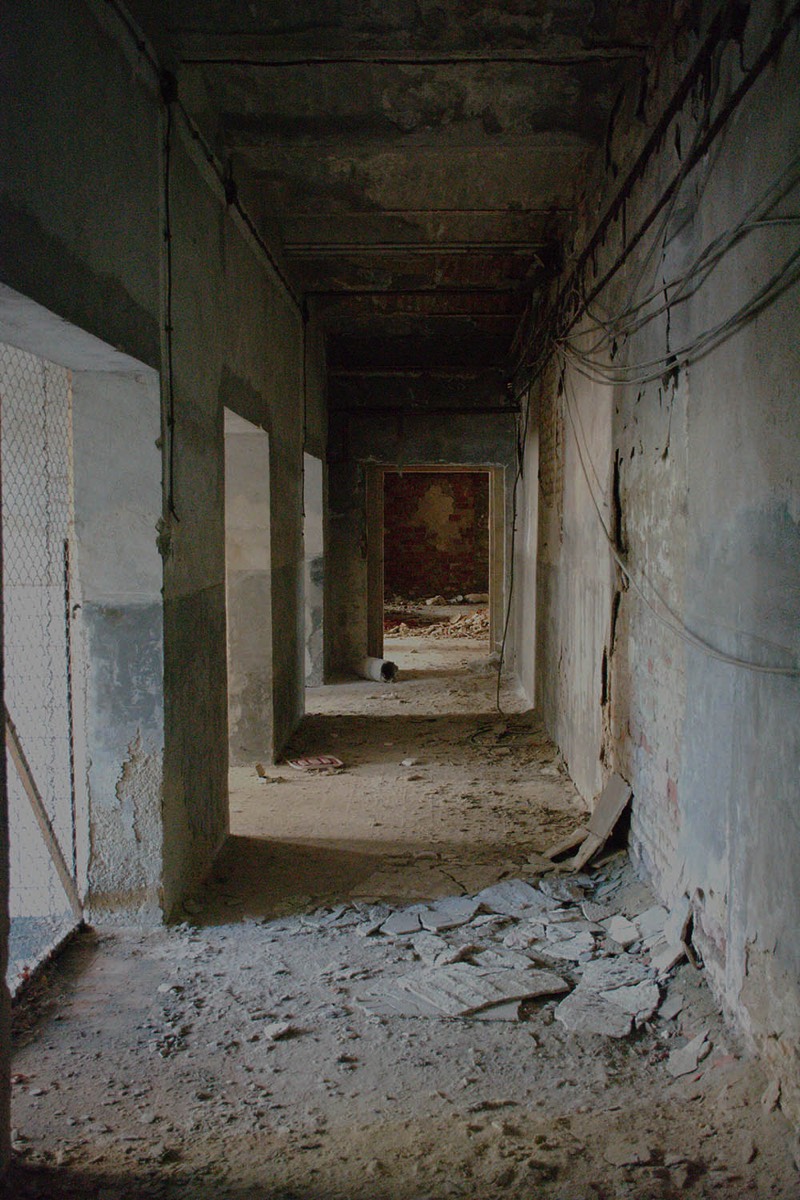
.
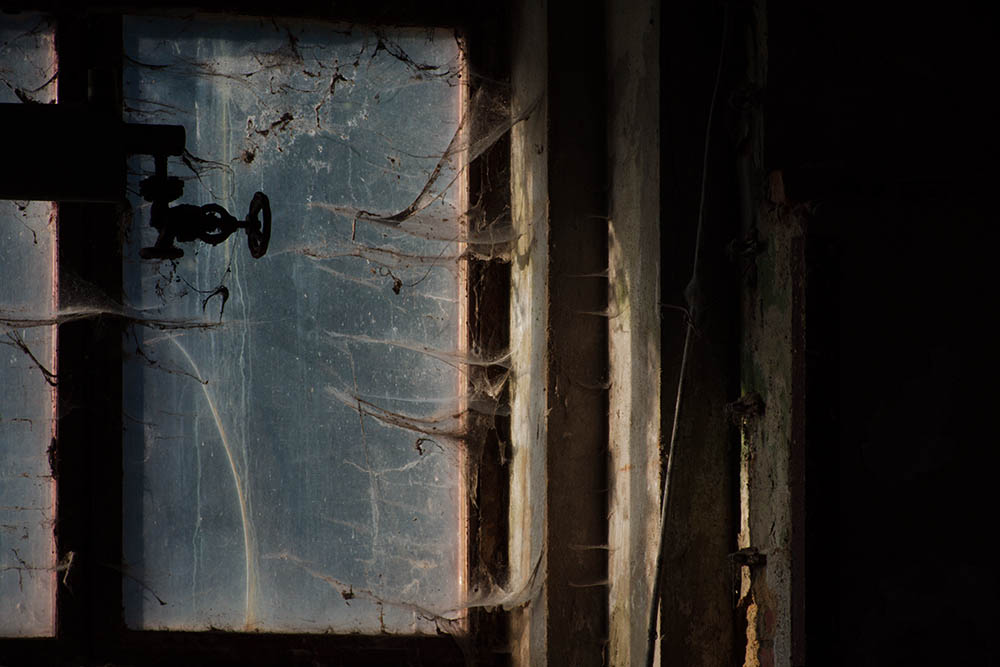
......
.
Březová Brünnlitz, Friday morning 20 October 1944
The camp prisoners got off the train and had to walk a kilometre before arriving at a newly built labour camp. Here was barbed wire, watchtowers, German Shepherd dogs and SS soldiers in dark-grey SS-uniforms. As they pass under the gate to the industrial area, Oskar Schindler comes towards them, always handsomely dressed and with a Tyrolean hat on his head. The film shows a train stop in front of a station with a clear station
..
The film shows a train stop in front of a station with a clear station sign BRÜNNLITZ. Such a station has never existed, just north of Brünnlitz, lies Březová nad Svitavou, this is where the prisoners got off, and then walked about a km south to the factory in Brünnlitz. A perhaps even conscious miss, a detail that did not fit into the already long film.
.
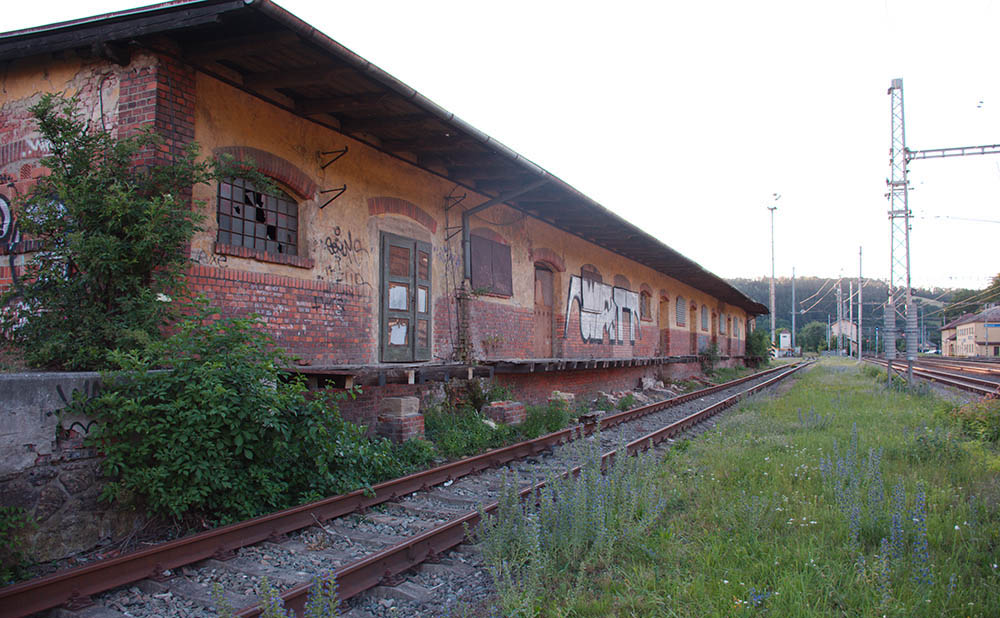
Here on this loading dock at this magazine, 75 years ago, in the late autumn of 1944, a large number of freight wagons arrived, loaded with labour-camp prisoners. From here they went on by walking 1 km southwards to Schindlers ammunition factory.
.
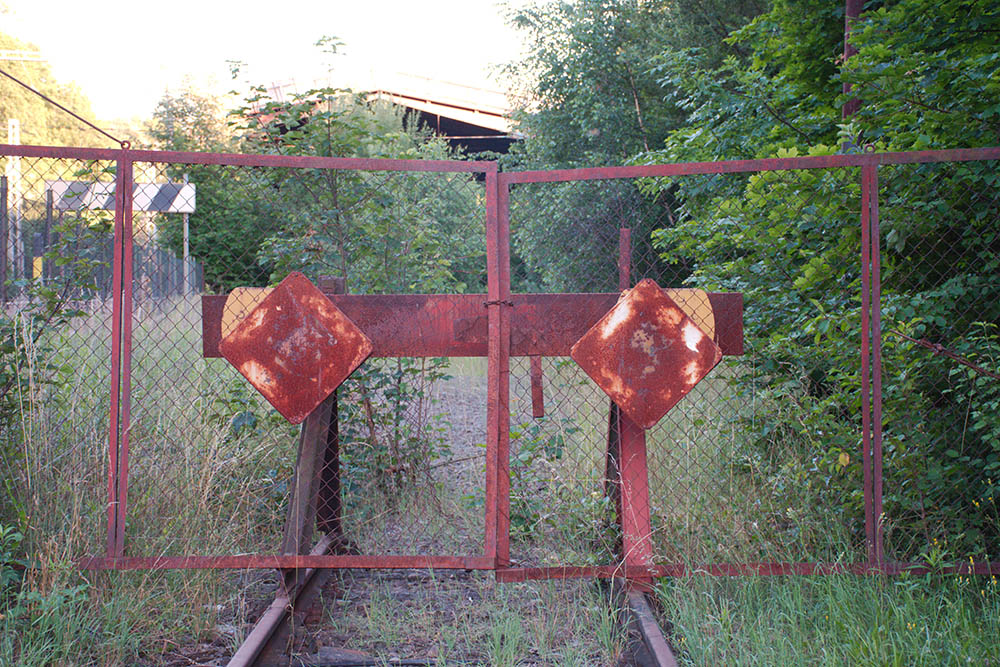
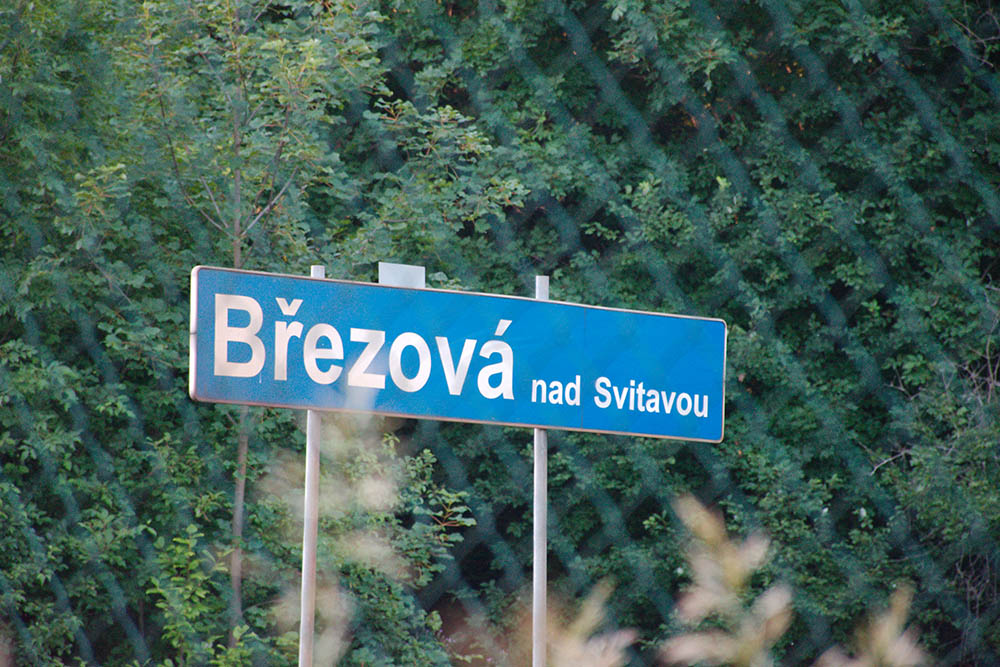
The women were expected to arrive next Sunday, they didn’t. Their train when it leaves from Płaszów was also loaded with 2000 gypsies from Hungary and Romania. That train went to Auschwitz and when the female prisoners went off, no differences was made between Schindler Jews and other prisoners. All prisoners would be “accommodated” waiting for their final solution. Meanwhile, Oskar Schindler was arrested by the SS accused of bribing Płaszóws camp chief Amon Goeth, which he obviously has done. With the help of influential friends higher up in the SS hierarchy, his wife Emilie and his Polish secretary and mistress managed to get him released after a week.
.
Out of prison and back in Brünnlitz again, Oskar Schindler finds out that the women have not arrived. This time, he sends a handsome 22-year-old secretary with a suitcase full of best brandy and valuables to Auschwitz and the camp officer with a request to get his trained skilled workers out. His work order was "strain you to the utmost, we have to release them". Not without trouble, the female prisoners finally leave Auschwitz in railway cars with departure for Brünnlitz. How far the 22-year-old secretary went in her "efforts to the utmost" and contacts with the SS officers to fulfil her work order is not clear.
.
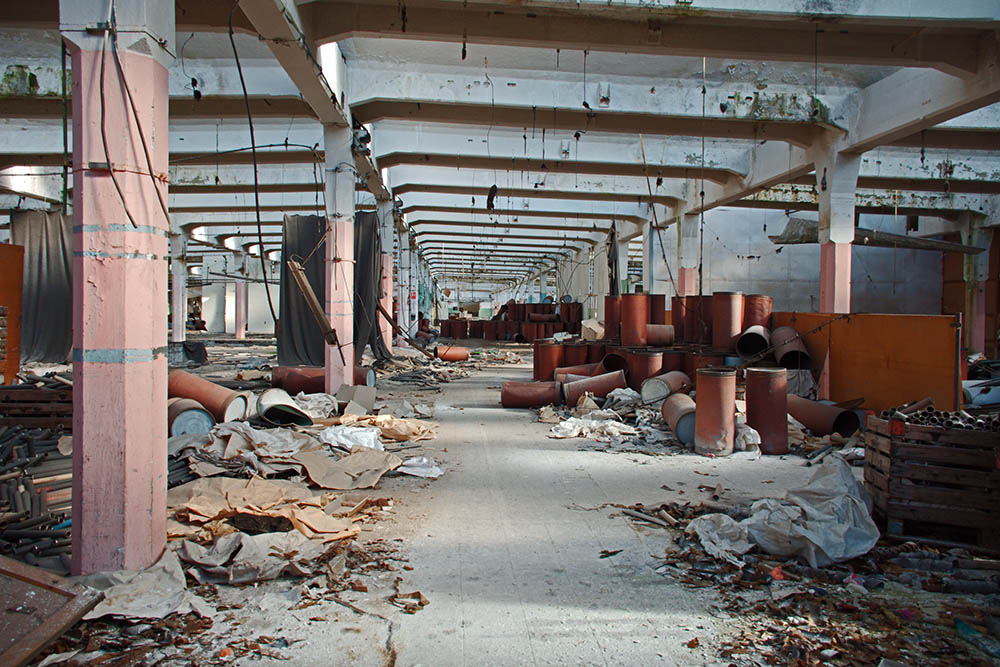
In the post war Cech Republic, textile production was established in Brněnec under the name Vitka.
.
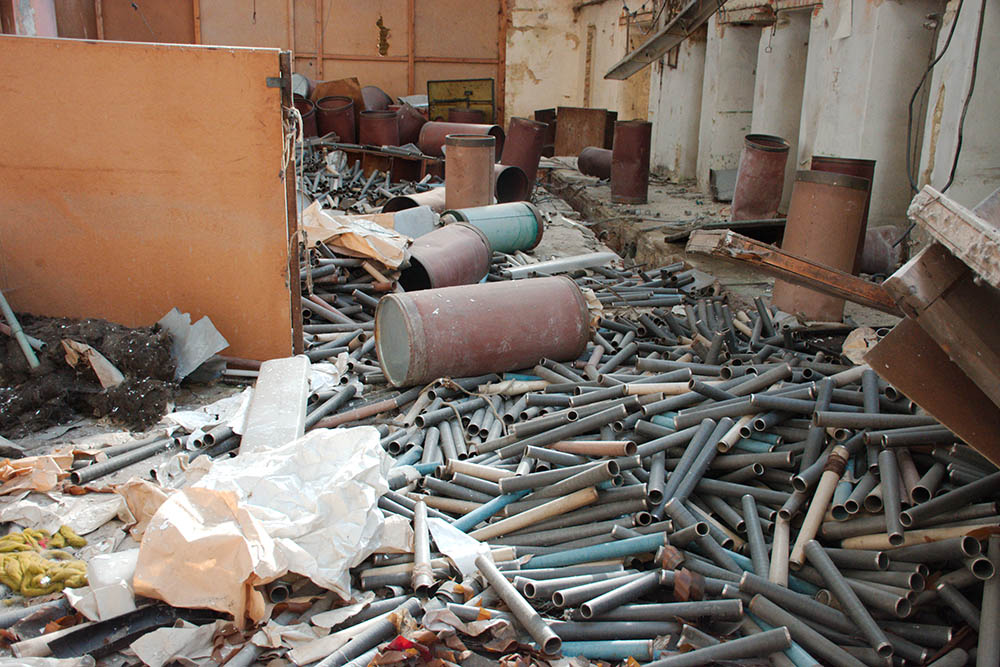
.
Many of the women had suffered from diarrheal, dysentery and other illnesses from their nearly month-long stay in Auschwitz. Oskar keeps the SS soldiers outside the factory as far as possible. Emilie Schindler furnish a hidden hospital in the free spaces on top of the turbines that operated the factory to utilize the waste heat. Most of the necessary medicines were available, probably as always, purchased by Oskar on the black market. It was alleged that there was better availability of medicines at Schindlers than at the SS and the camp guards. A major setback was that typhus erupted out among the workforce in the factory, most likely a free passenger
.
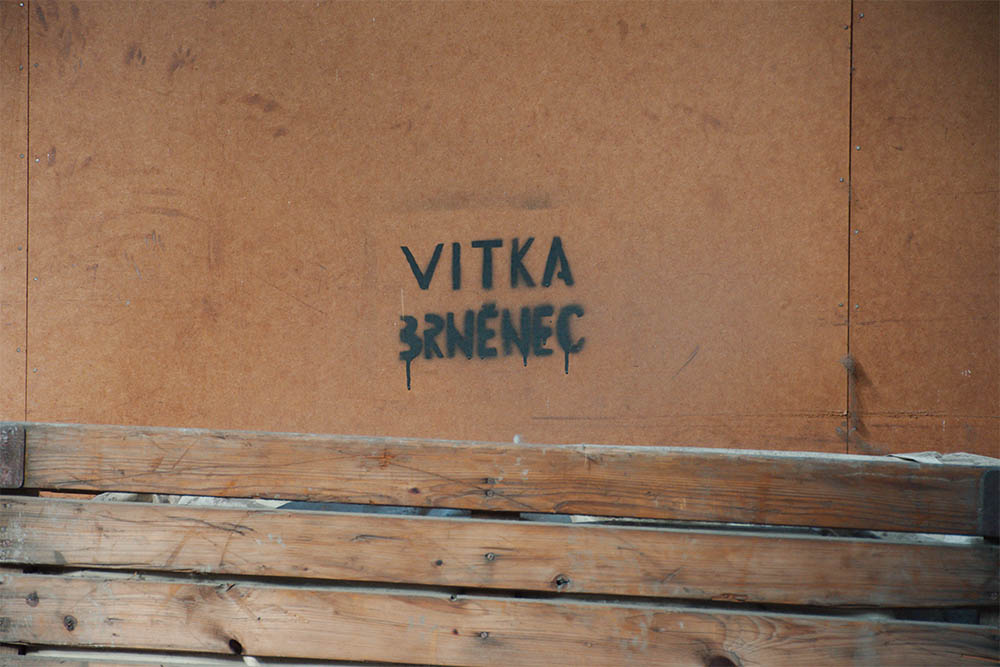
.
typhus erupted out among the workforce in the factory, most likely a free passenger from the women's stay in Auschwitz. Schindler installs showers in the factory, the heat is taken from the turbines and the male workers who could handle the welding and plumbing receive 24 hours pass, all in order to give the labour force as soon as possible to have daily shower and clean clothes. They succeeded, neither typhus nor dysentery spread and those who were ill recovered.
.
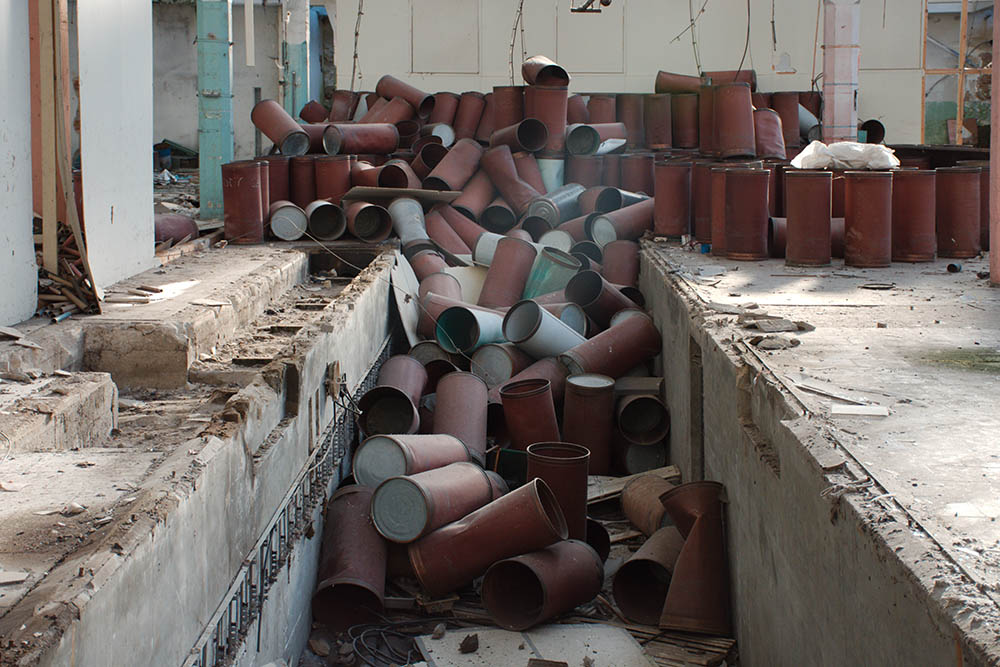
Historic or not, after the war the production went on in the factory, but now of
more useful things, textiles. A traditional manufacturing in the Svitavy valley
.
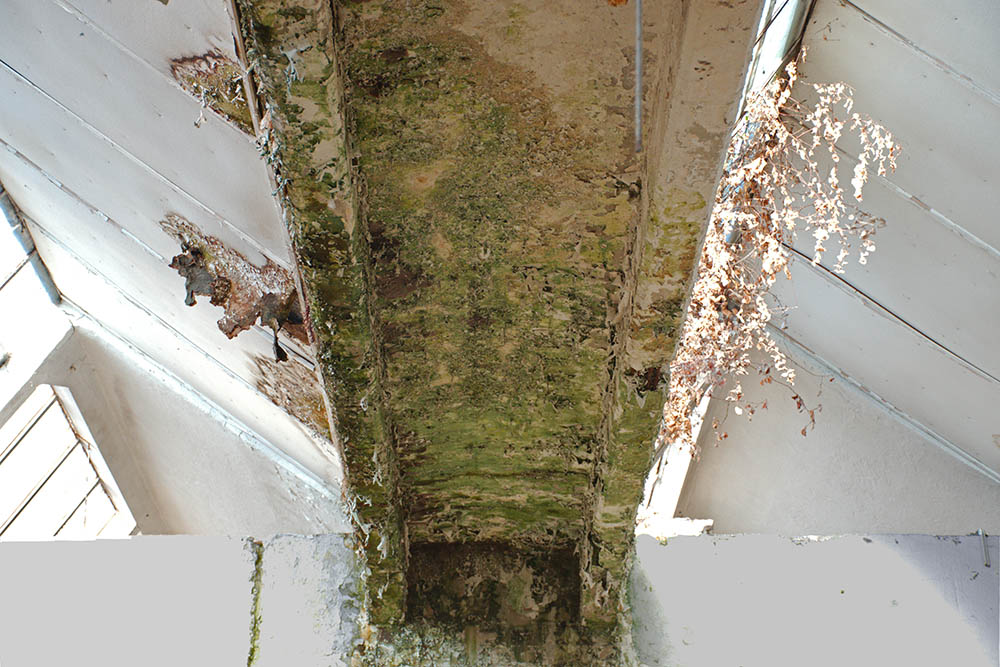
.
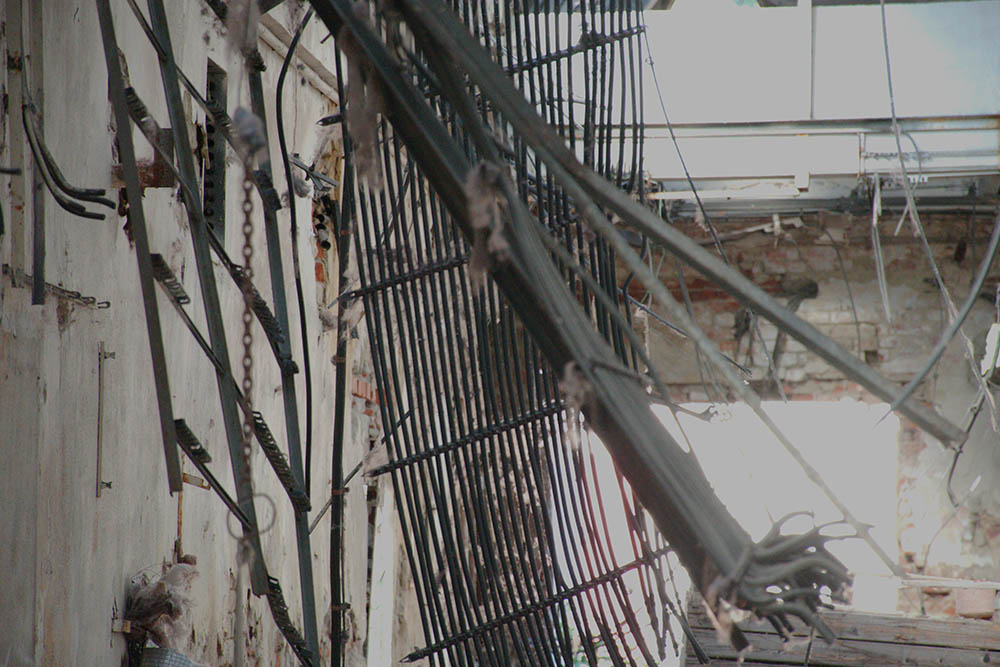
.
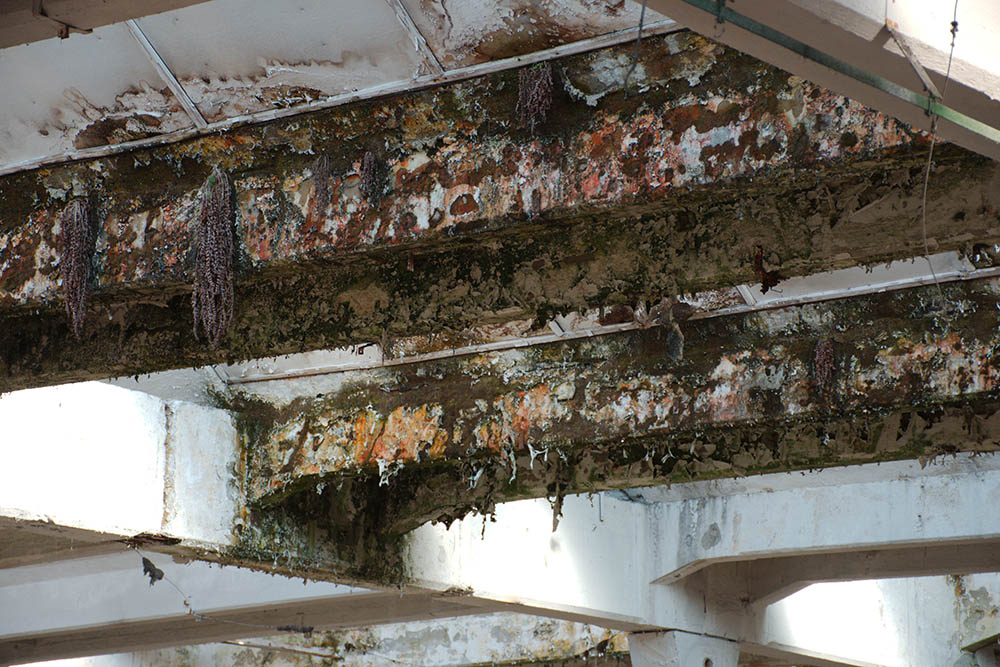
.
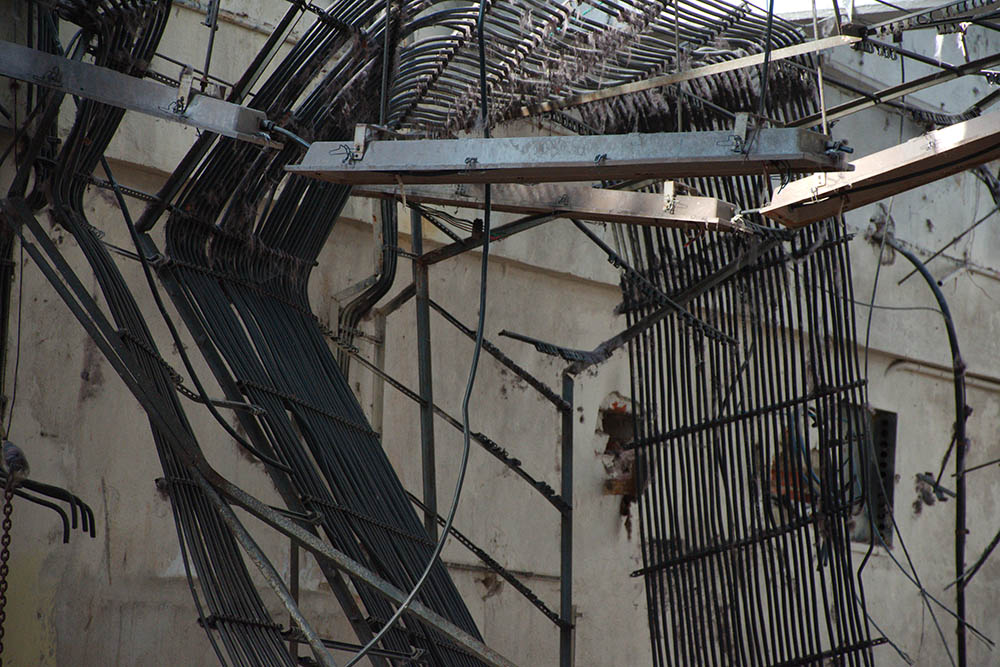
.
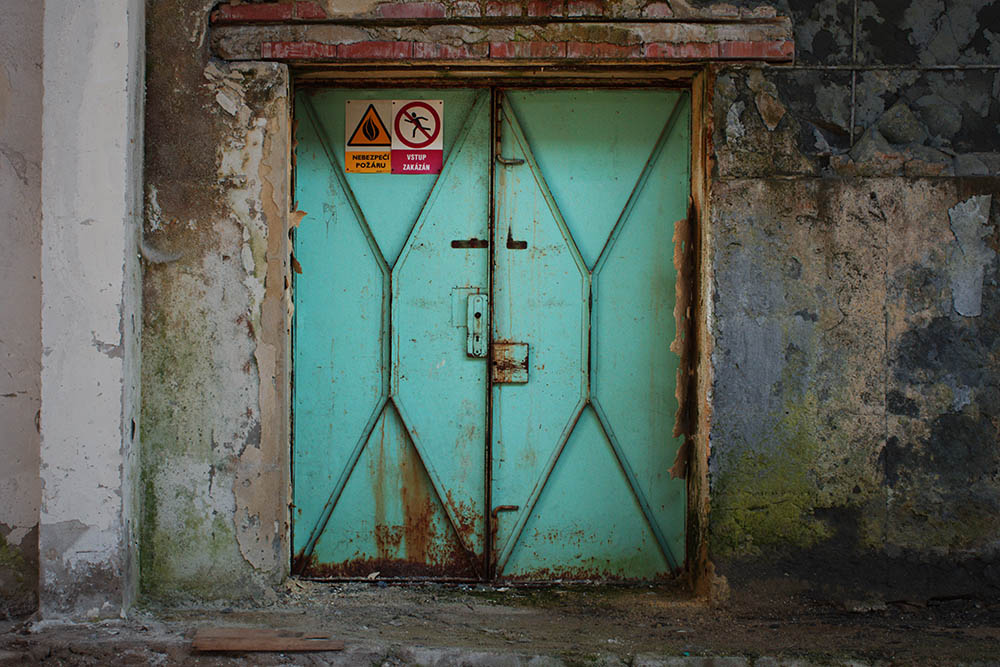
.
It was a lack of most things, but just not being treated badly was a blessing, being able to take care of hygiene and sometimes being able to eat enough was happiness. A prisoner in Brünnlitz has said. “The labour camp in Brünnlitz was hard, life was hard, but compared to everything else, it was heaven. We had a shortage of food but so did everyone, prisoners, soldiers and civilians. We were grateful that we were here, there was nowhere else to be”.
Camp chief USF Liepold
.
Camp chief USF Liepold was quick to condemn the Jewish workforce in the factory, if mistake was made and he saw it, he wants them punished, preferably shot. But Oskar always avoided punishments and though USF Liepold, like others in SS uniforms was afraid of superiors, he was most uncomfortable with Schindler's higher-ranked bribed friends in the SS, so it became like Oskar wanted, so it always was.
.
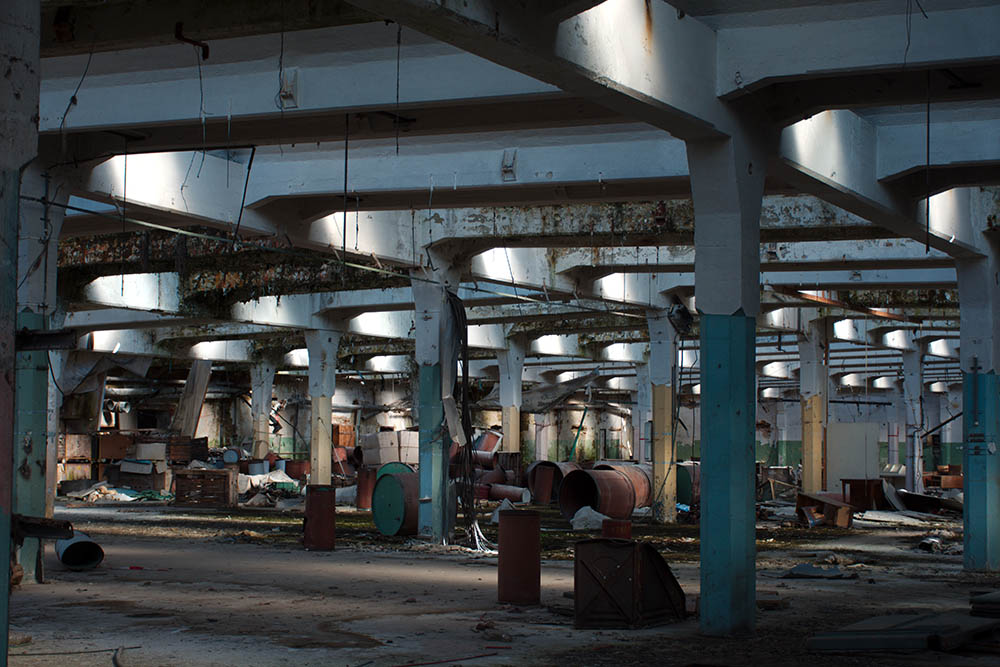
.
In December 1944, the workforce was complete, although many of the women were not yet able to work. Oskar Schindler decided, his new factory in Brünnlitz would not contribute to the war. One of his many excuses for poor quality of deliveries was that the machines were damaged during the transport from Krakow. But Schindler's sabotage was far more advanced than that, most ammunition manufacturers did only make a single part of the manufacturing process before sending the material to the next factory.
..
This way, Schindler's defect calibration of the machines not only sabotaged his own effort but the entire chain into ready-to-use ammunition.
..Another trick that was used was to have some correct sleeves lying at store and show at inspection, the engineers appointed by the SS had nothing to object to, and the sleeves were approved. That the sleeves never left the factory, but were left for the next inspection, nobody outside knew.
.
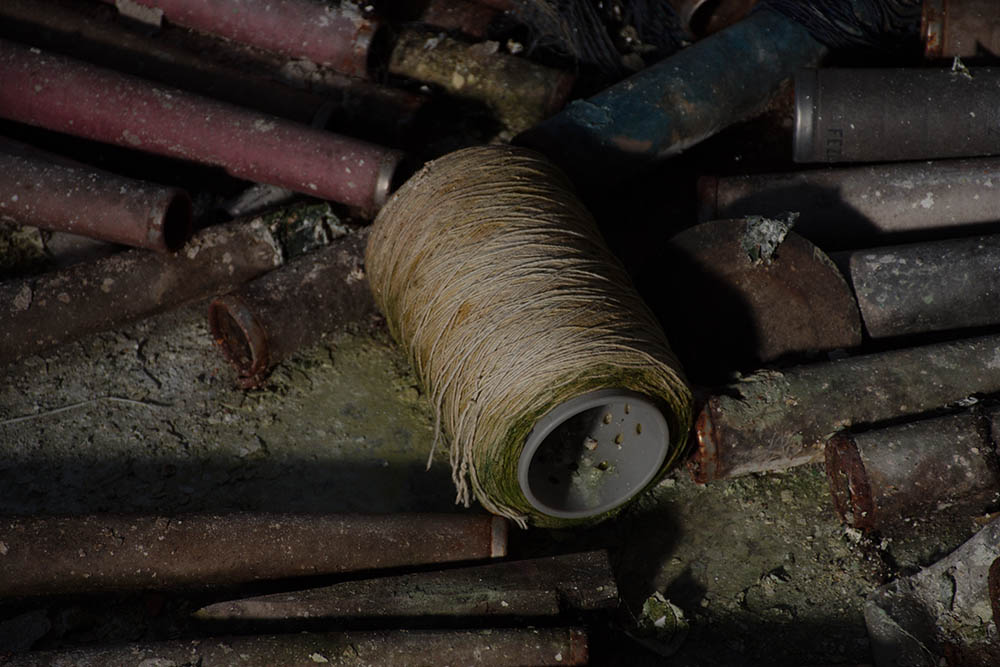
Trace from the latest production from Vitka
.
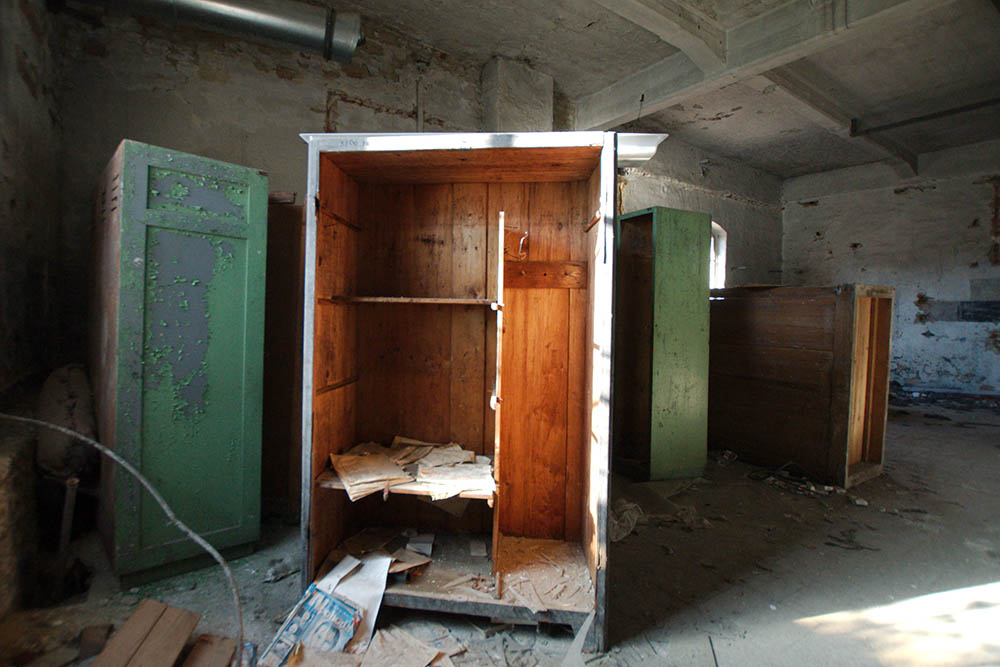
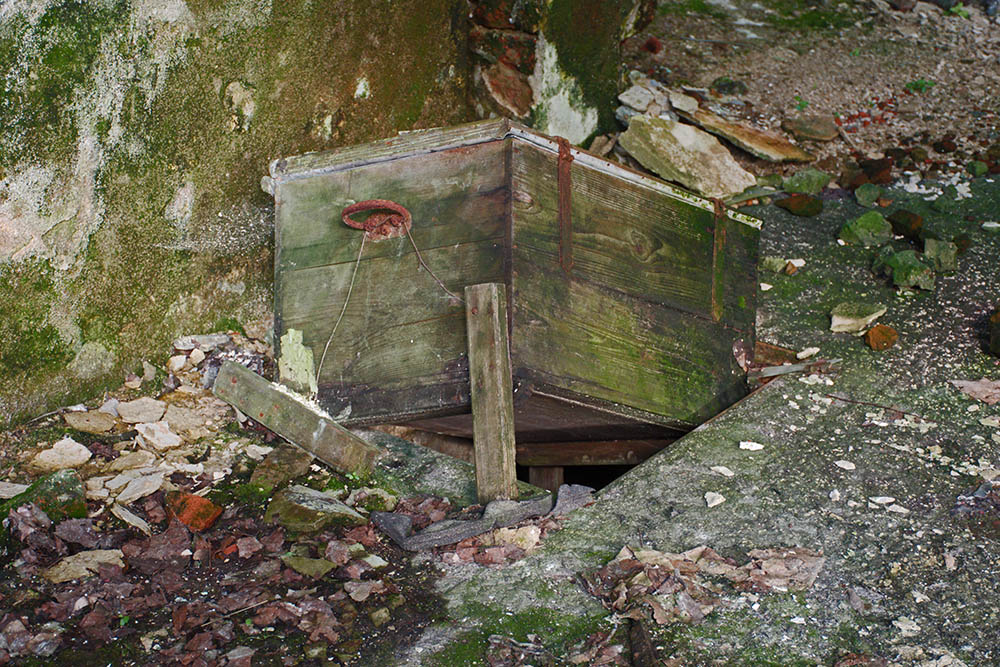
......
.
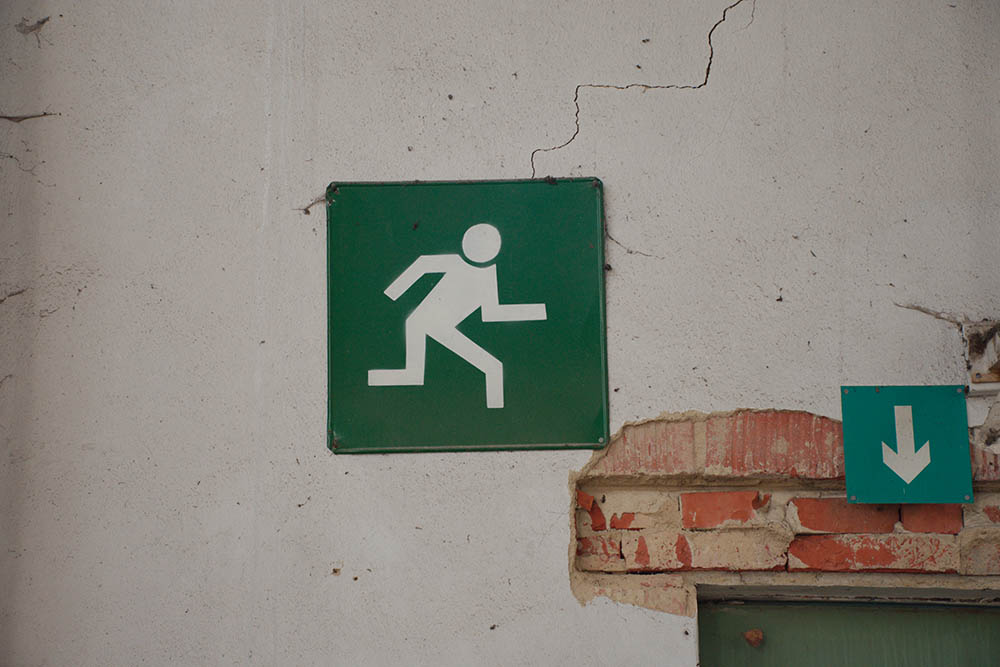
..
..
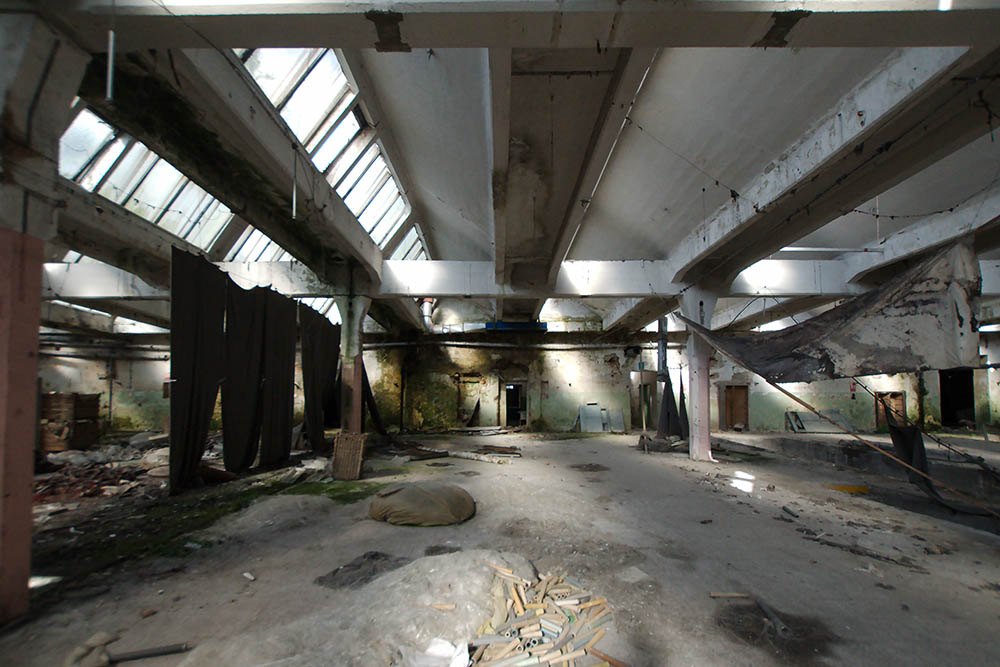
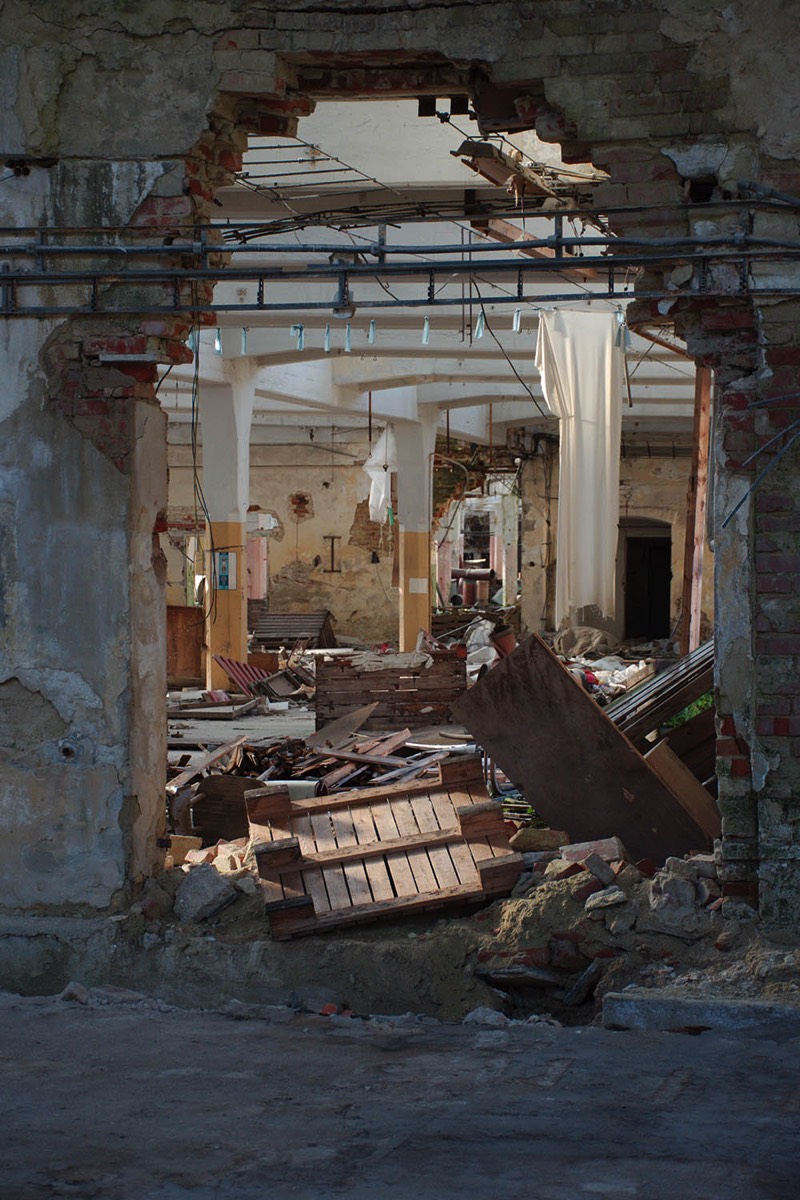
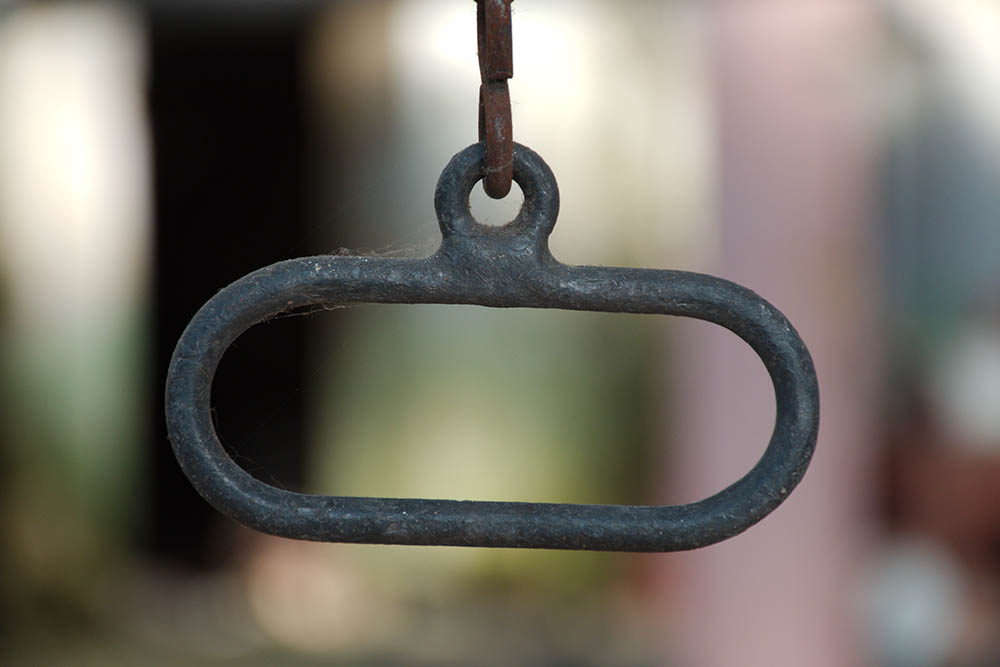
.
In the factories, not only were the prisoners included from Schindler's list, the camp manager USF Liepold had brought about 50 prisoners from his department from Gross Rosen who would take care of cooking and serving to primarily SS guard force. These prisoners were from the Polish army, had communist ideals and dreamed of a post-war communist and anti-capitalist Poland, if they survived. A highly ironic relationship though
Poland, if they survived. A highly ironic relationship though they lived better than others in the warm kitchen in Brünnlitz and were also saved by a highly spectacular unpolitical capitalist. Later they got what they wanted, they returned to Poland and Poland became a communist state.
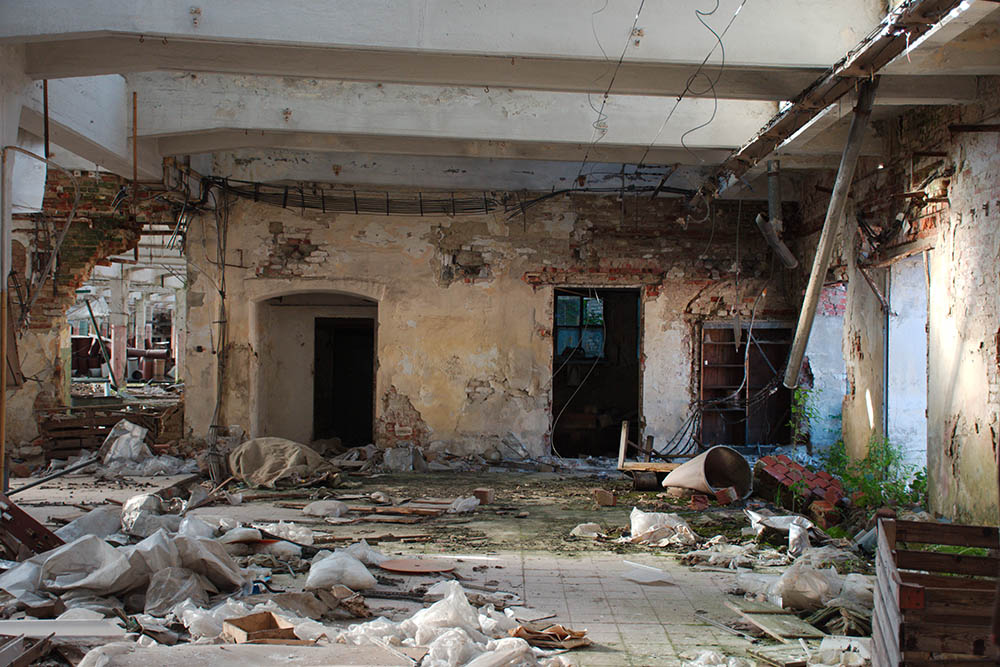
This was the entrance to an atrium and the office in the newer factory
.
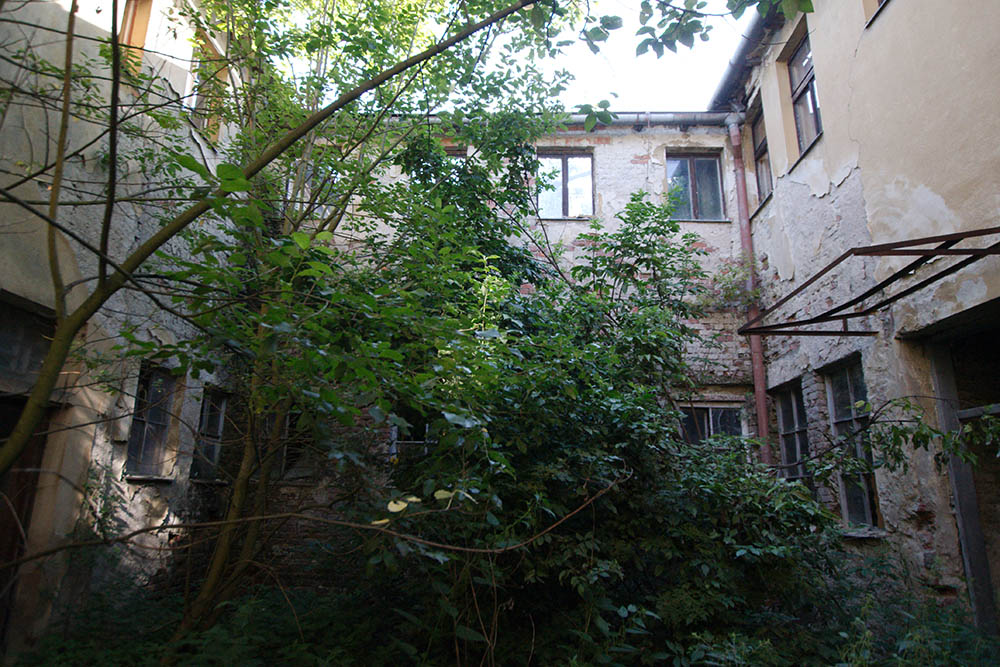
The ornamental plants in the courtyard have taken on the unceasing freedom to strive for light and grow large.
.
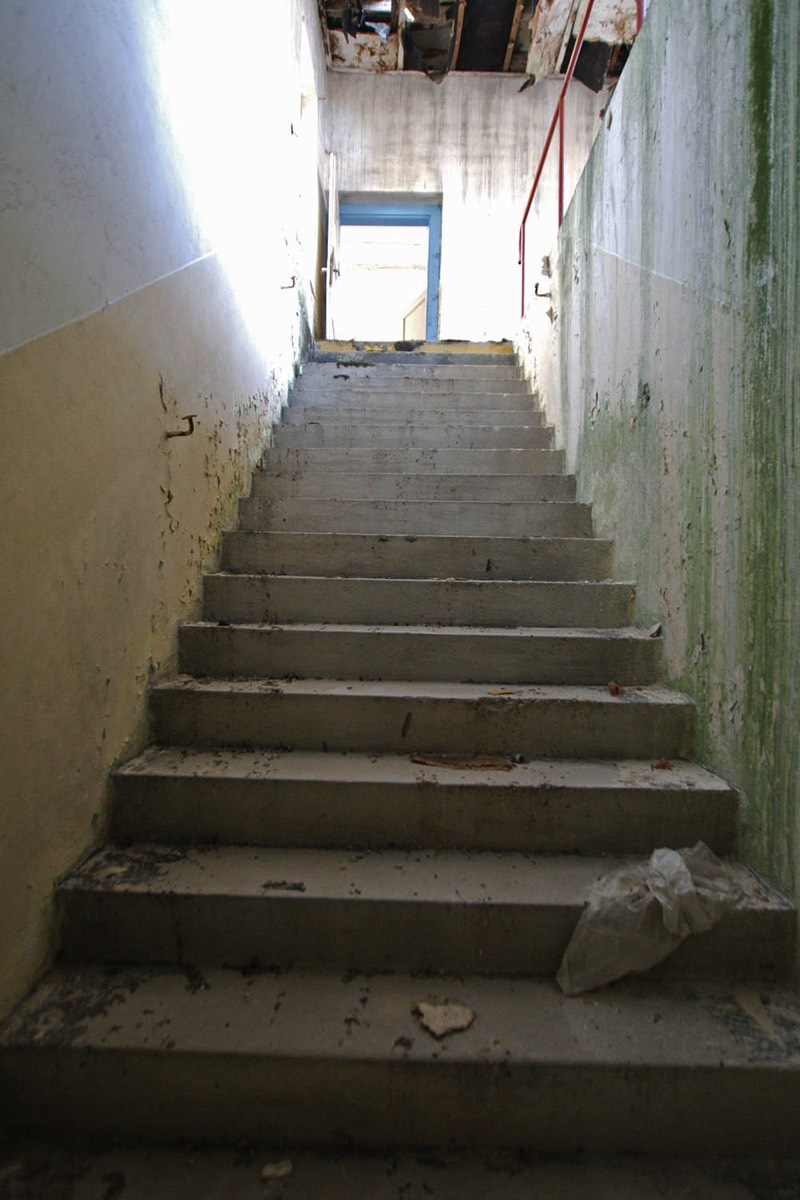
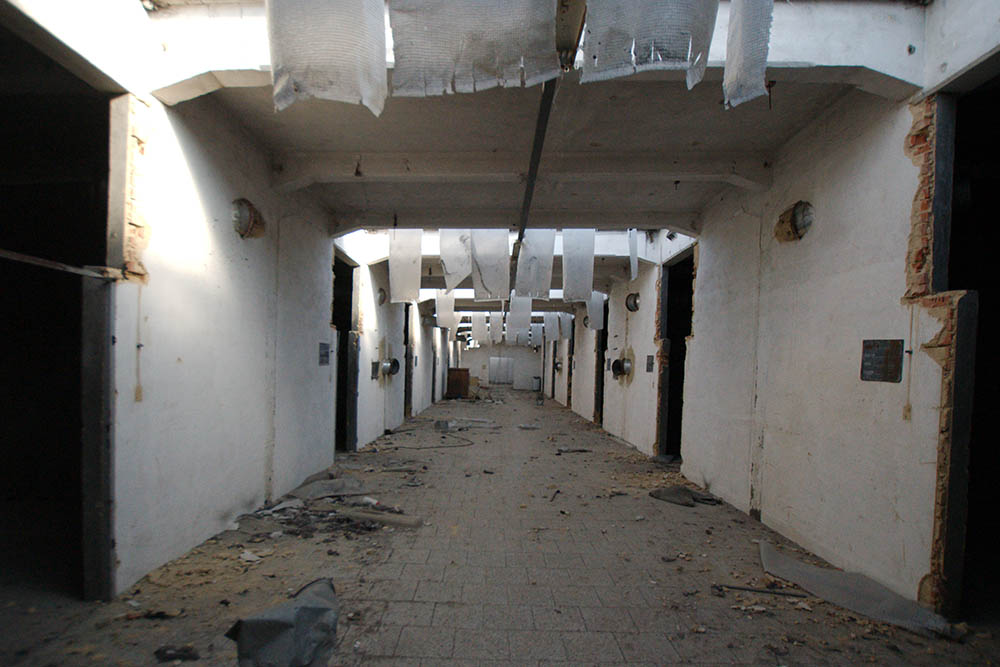
..
..
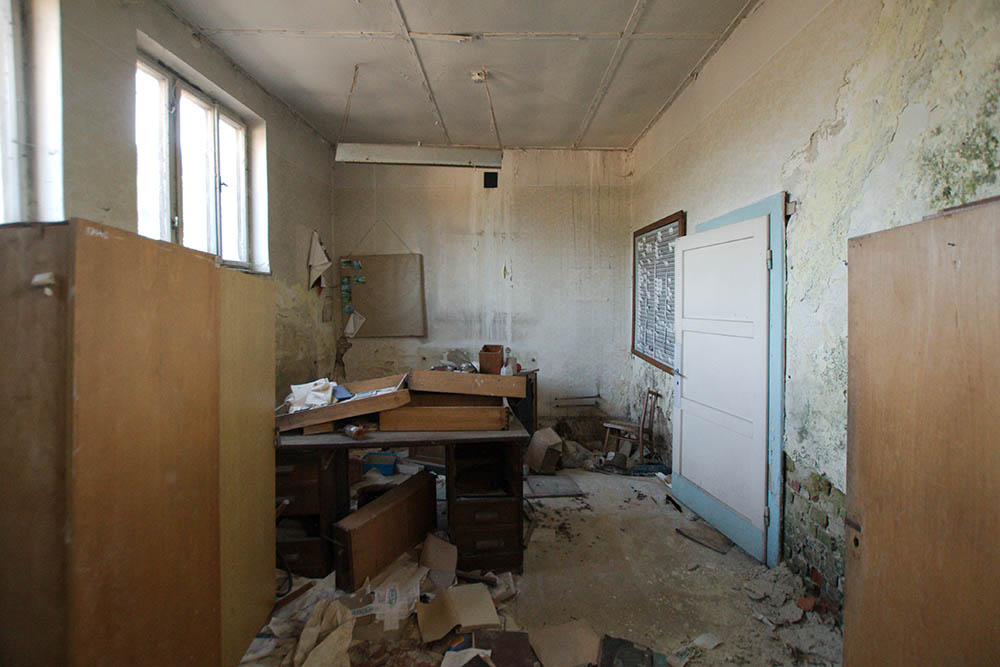
..
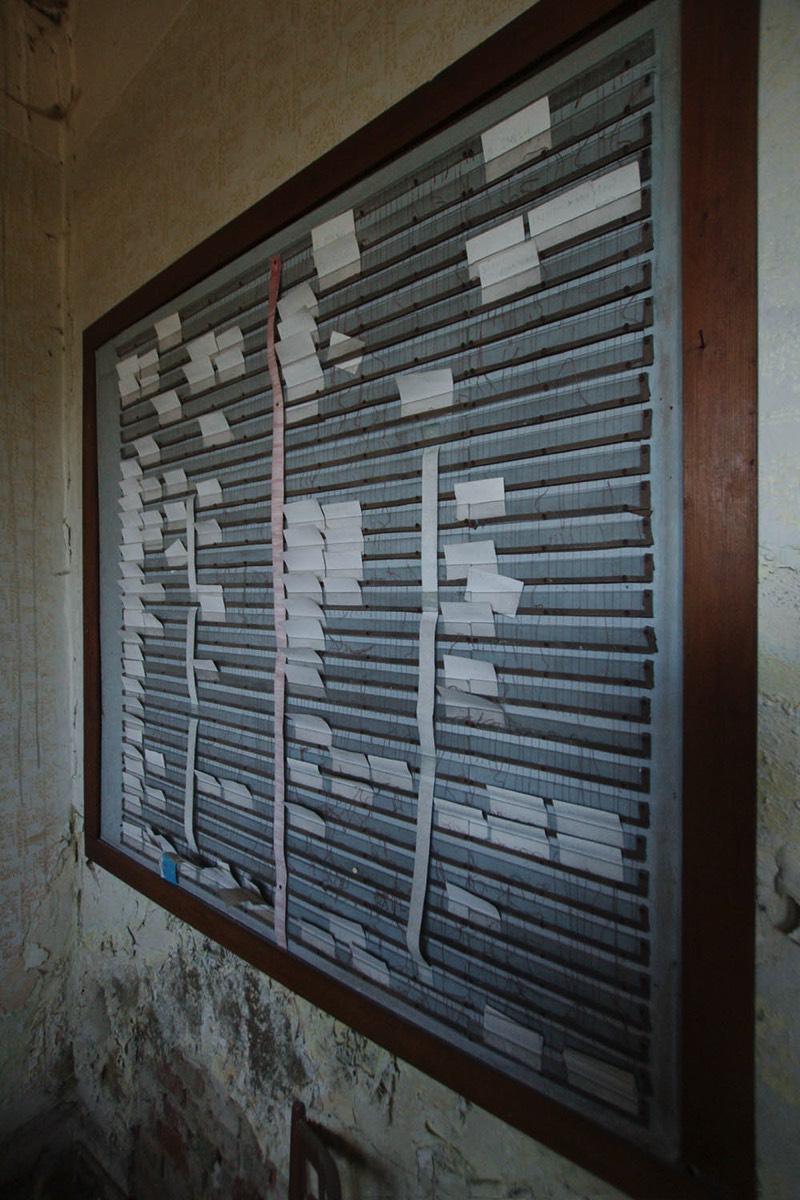
.
Březová, Brünnlitz Januari 1945
The end of the war is inevitable, but as always, a dictatorship must sacrifice everything before it surrenders. There was a lack of everything including coal for the locomotives. An overloaded camp prisoner transport from Goleszow, a labour camp that belonged to the Luftwaffe, stopped after many detours in Svittau (Svitavy) about 10 km north of Brünnlitz. Some wagons with locked prisoners were left, of which more than half were frozen to death. The wagons now stood ten kilometres from Schindler's factory without anyone reacting or knowing its load.
Oskar is called from the Ostbahn in Svittau by his brother-in-law, who reports that there are noises and complaints from the wagons, but that all door fittings are frozen and cannot be opened. He ensures that the wagons can be transported southwards to Březová where he commands a number of prisoners with blowtorches (other information says soldering
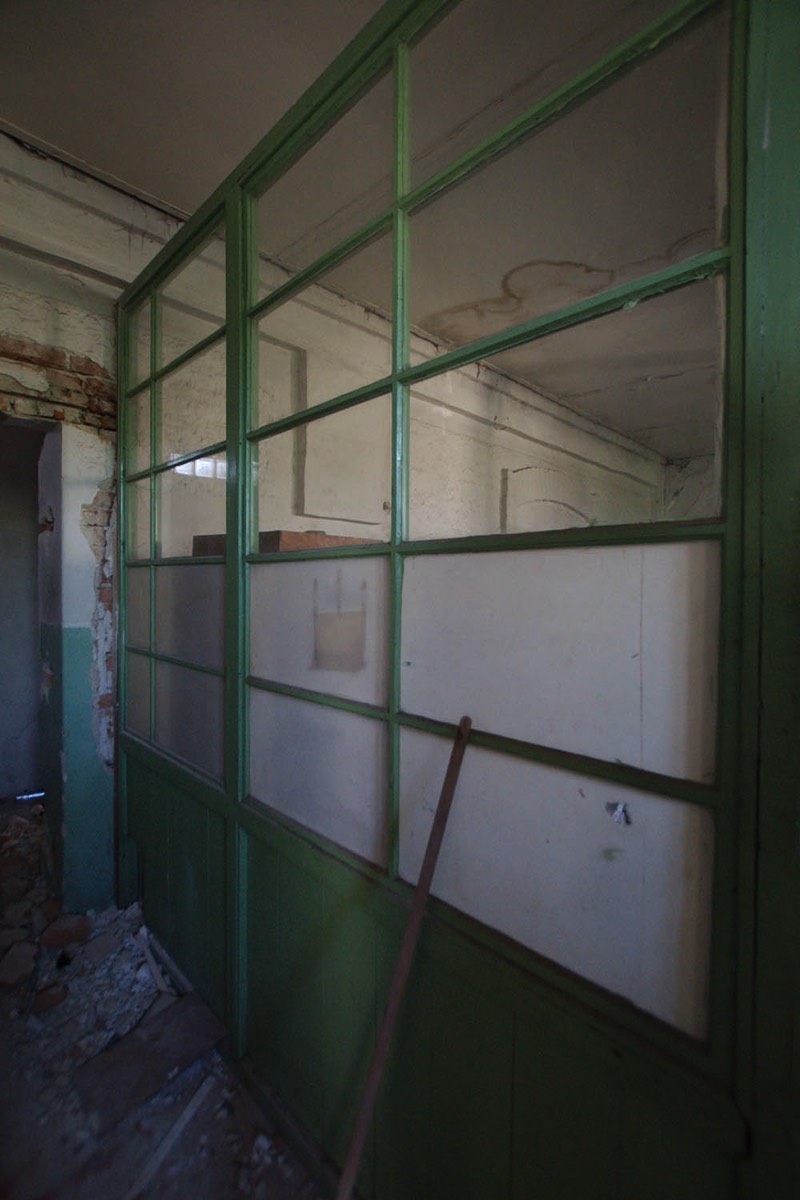
.
.
with blowtorches (other information says soldering iron !?) and the necessary equipment to open the wagons. The morning temperature was about -25 ° C. Witnesses write that it was a horror to open the wagons.
Among the corpses, about 200 prisoners who still was alive, who survived on icicles and are in condition thereafter are released. About the same number have died and are buried in a forest grove near the factory. Schindler extends the hospital room next to the turbines and places straw on the floor for the prisoners who come to the factory. Emilie gets the kitchen to prepare portions of porridge for the prisoners and showers are made available to the newly arrived. Of course, USF Liepold is furious, but realizes that Oskar Schindler cannot be stopped, the prisoners are to be rescued and Schindler and his bribed contact network are haunted by Liepold.
.
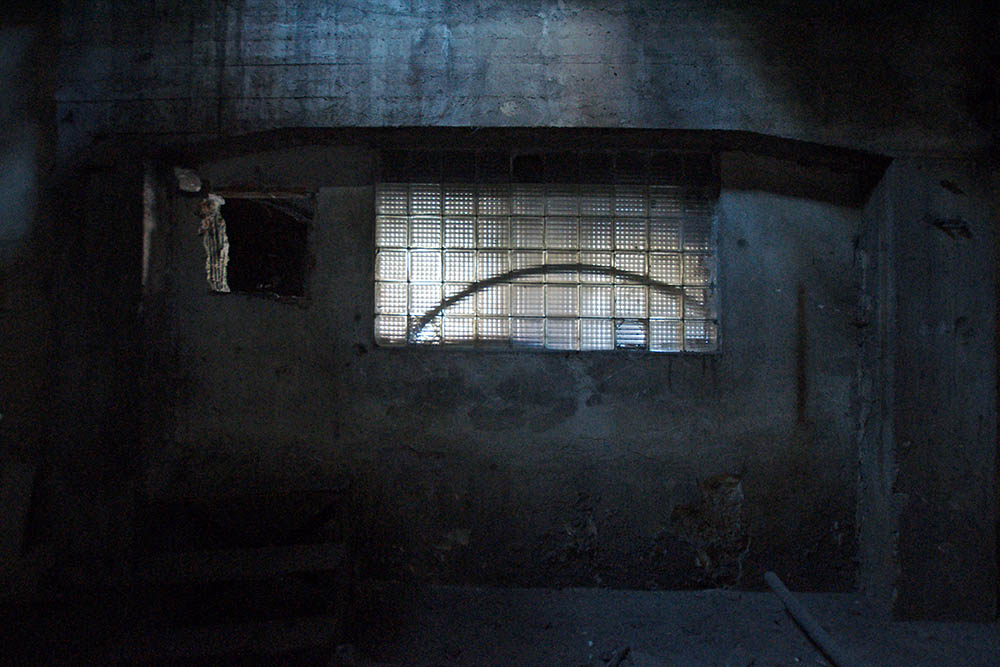
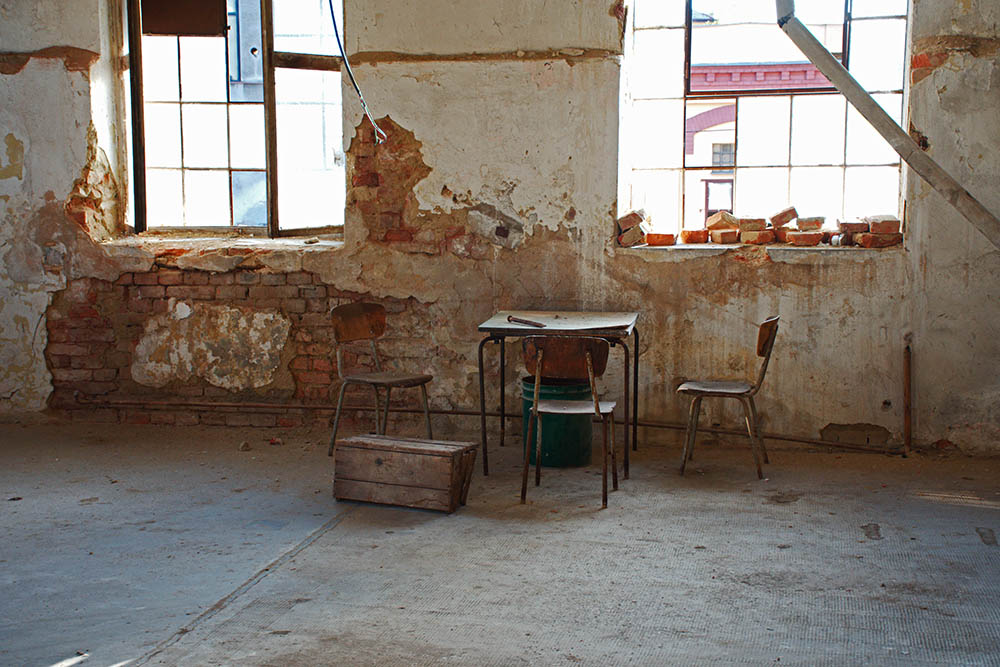
.
Březová Brünnlitz April 28, 1945
It is Oscar's birthday; 37 years and it should be celebrated. A letter comes this day from the War Department; all products from Schindler's factory were inoperable. "This is the best birthday present I can get," he exclaimed, taking a glass of brandy. On the other hand, the not always present SS officers declared that because the factory was of no use, why couldn’t the workforce be eliminated. As usual, Oskar Schindler solved problems with brandy, fine ham and everything else that was lacking, even for SS.
Oskar Schindler celebrates his 37th birthday and in addition to starting his own days with five-star brandy, a truck arrives to the factory, fully loaded with bread for both the SS guard force and all workers at the factories.
The arrival of the Red Army is rumbling from the east,
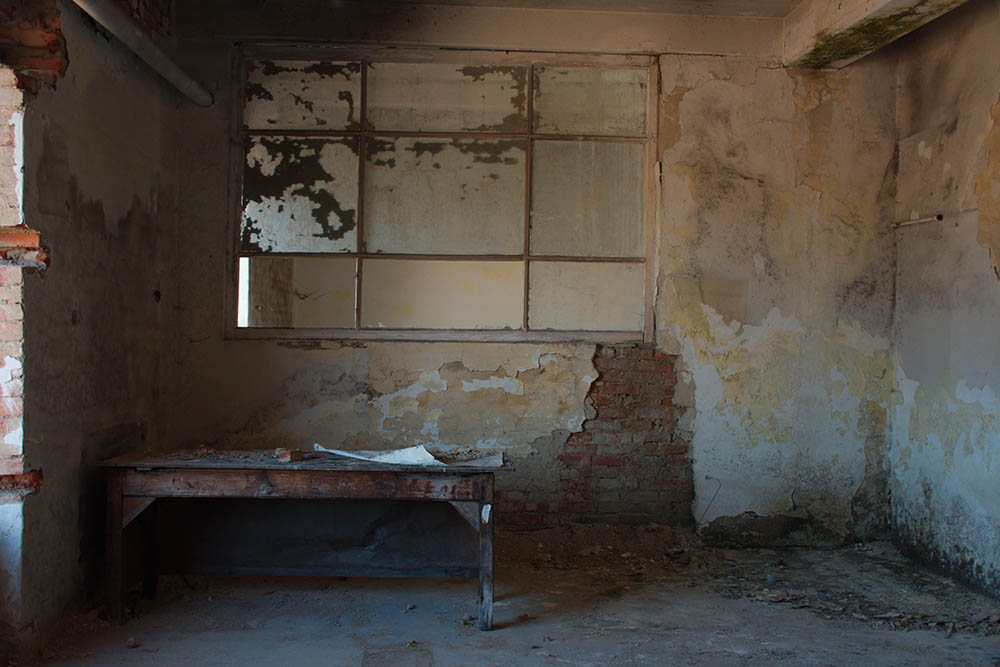
.
.
The arrival of the Red Army is rumbling from the east, rumours and news are spreading all the time. No one knows what is truth or what is reputation and no one dares to believe or hope for anything. For safety's sake, Oskar had invited Camp Manager USF Liepold to the factory the night before and amply provided him with both food and too much liquor and made sure that he had become in such a condition that he could not attend under Oskar Schindler's birthday celebration in the factory on the 28th. The end of the war is near, everyone knows, and in Brünnlitz both camp prisoners and SS soldiers celebrate Oscar's birthday with good food and “liquids” for those who can drink well. The soldiers' boss lies with huge hangover in his home and the others in grey uniform get a taste of what awaits, when the war is over.
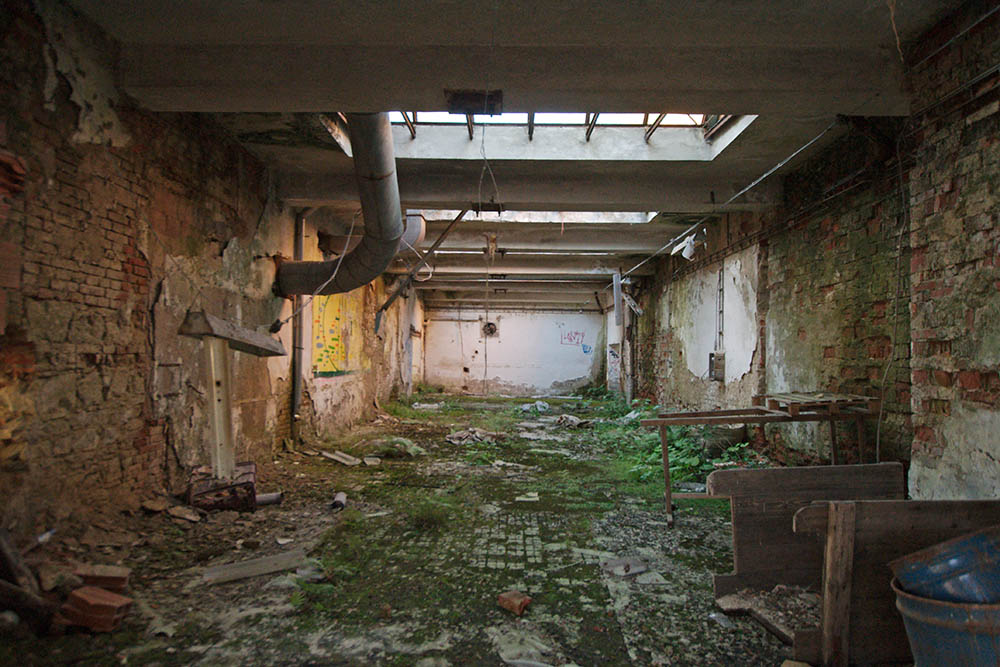
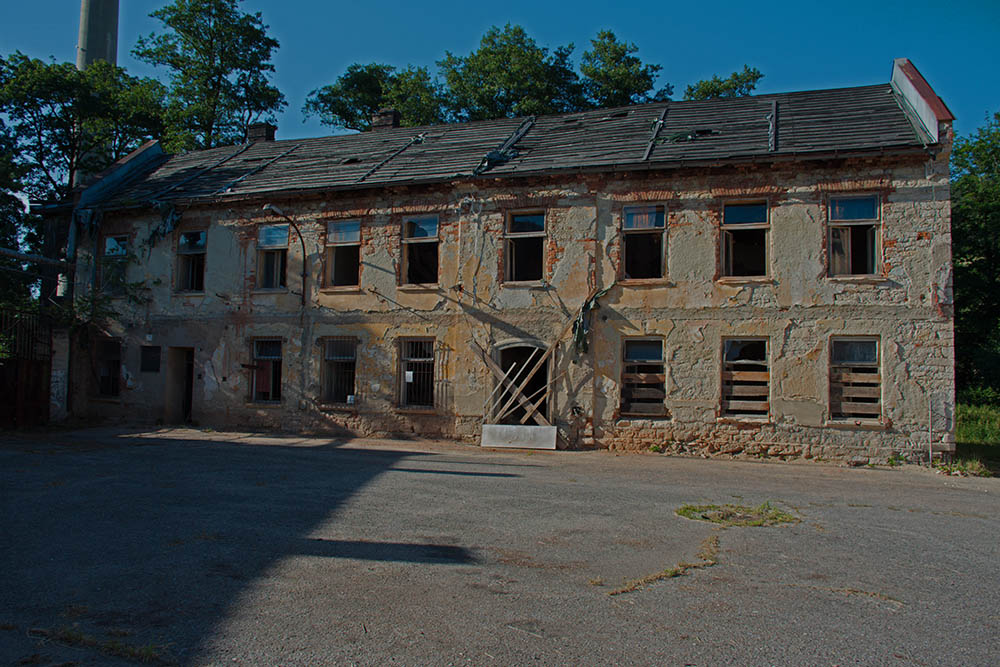
..
The office building. Most of first flor missed the floor and the stairs sagged under my 85 kg.
.
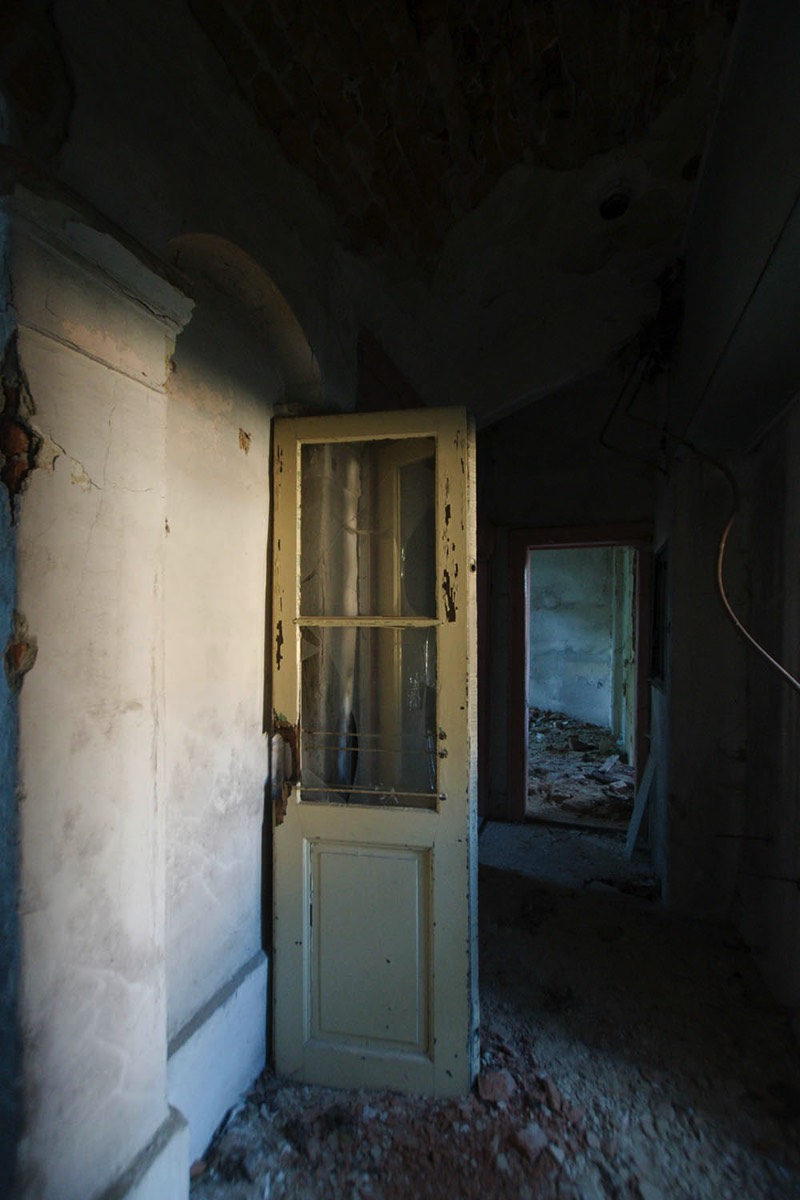
Morning 7 Maj 1945
Oskar Schindler and the workers who worked the night shift are listening to the BBC when they hear Winston Churchill read the message about Germany’s unconditional surrender and the end of the war. Churchill's speech is re-broadcasted from the BBC during the day and when the opportunity is given the speech was heard in the entire factory's speaker system so that everyone can hear, even though few understand English.
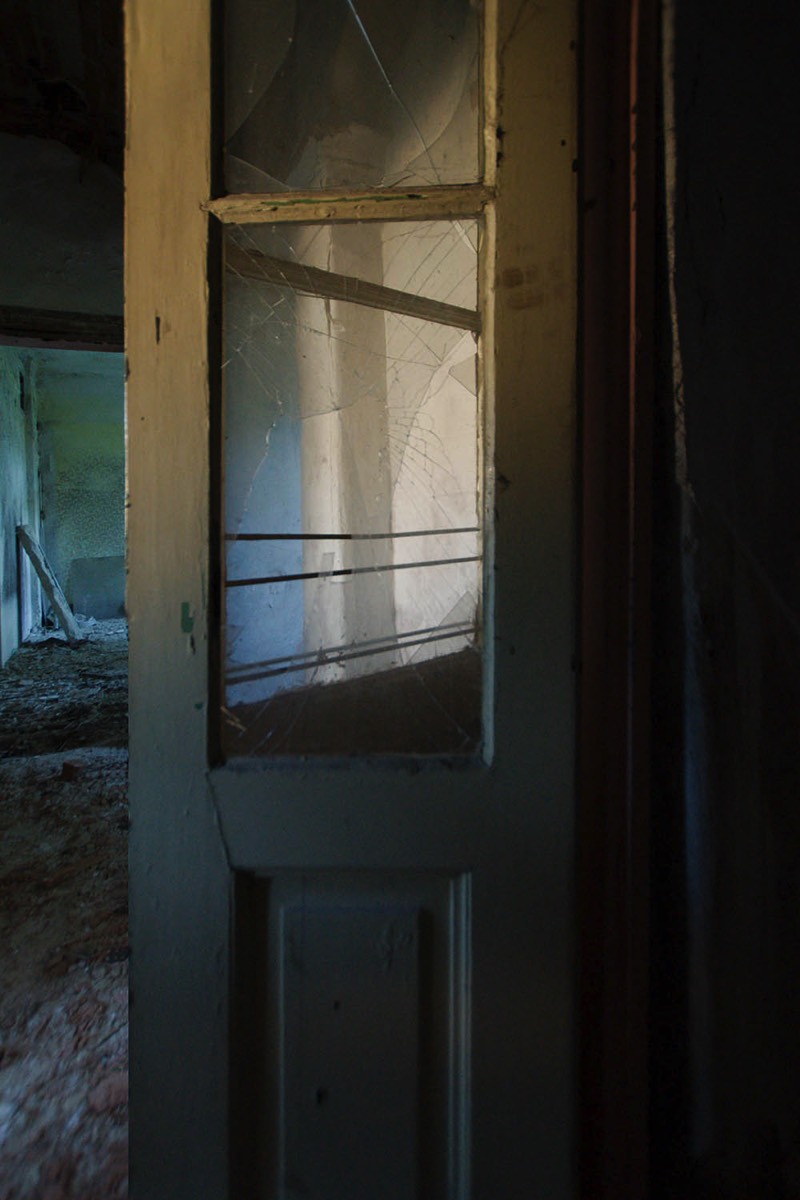
..
system so that everyone can hear, even though few understand English. Schindler calls all workers and all SS personnel to gather in one hall to announce the news and what will happen next. The speech is written down and is reproduced, partially abbreviated in the film, translated from German of course...
..
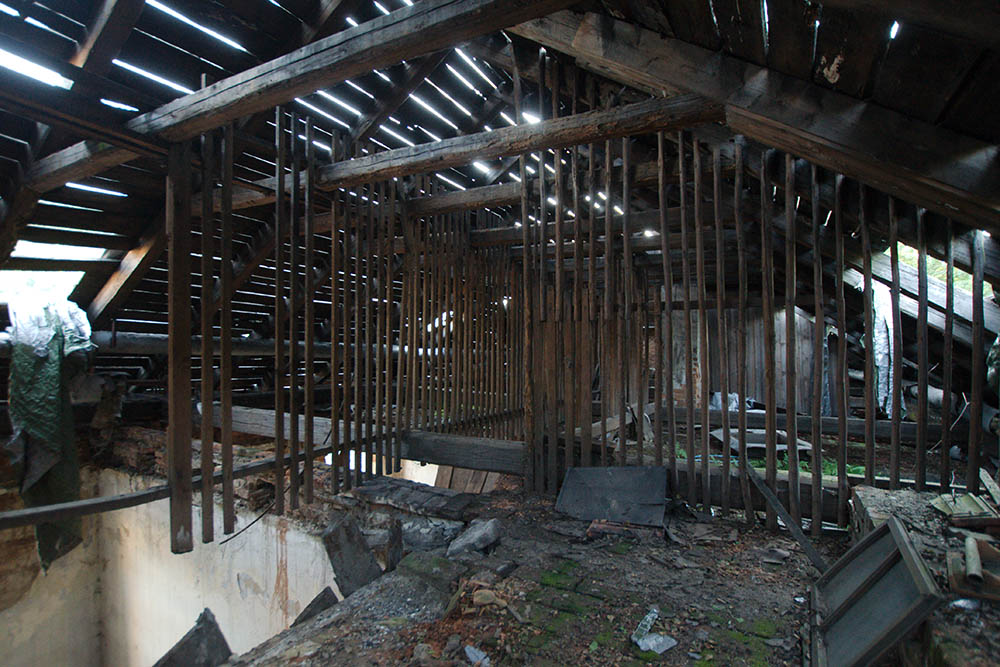
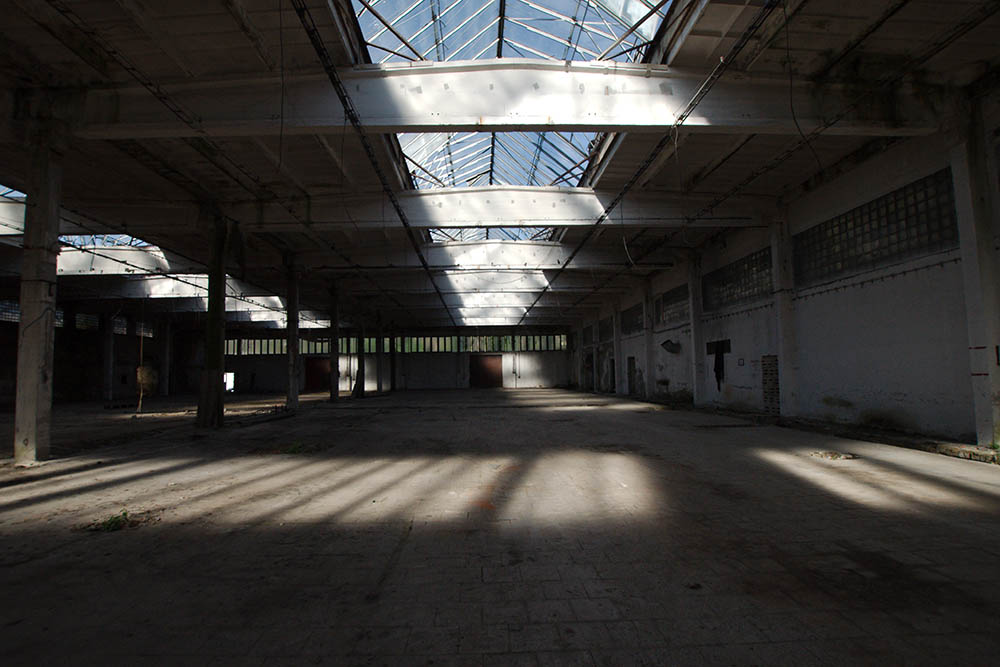
.
The unconditional surrender of Germany has just been announced.
At midnight tonight, the war is over. Tomorrow, you'll begin the process of looking for survivors of your families.
In most cases, you won't find them.
After six long years of the cruel murder of human beings, victims are being mourned throughout the world and Europe is now trying to return to peace and order. I would like to turn to you for unconditional order and discipline, to all of you who together with me have worried for many hard years -in order that you can live through the present and within a few days go back to your destroyed and plundered homes, looking for survivors of your families. You will thus prevent panic who’s result cannot be foreseen.
Many of you have come up to me and thanked me. Don’t thank me for your survival. Thank your people who worked day and night to save you from extermination. Thank your fearless Itzhak Stern and Mietek Pemper, and a few others among you who in Krakow worried about you and faced death at every moment.
I am member of the Nazi Party.
I'm a munitions manufacturer.
I'm a profiteer of slave labour.
I am...a criminal.
.
.
.
.
At midnight, you'll be free, and I'll be hunted.
I shall remain with you until five minutes after midnight, after which time and I hope you'll forgive me. I have to flee.
If you have to accuse a person, do it in the right place, because in the new Europe there will be judges, incorruptible judges, who will listen to you.
[towards the SS guards]
I would like to thank the assembled SS guard who without being asked were ordered from the army into this service. As heads of families, they have realised for a long time the contestability and senselessness of their task. They have acted here in an extraordinary human and correct manner.
I know you have received orders from our Commandant, which he has received from his superiors, to dispose of the population of this camp.
Now would be the time to do it. Here they are; they're all here.
This is your opportunity.
Or, you could leave and return to your families as men, instead of murderers.
[SS guards leave the factory]
In the end I request you all to keep three minutes of silence in memory of the countless victims among you who have died in these cruel years.
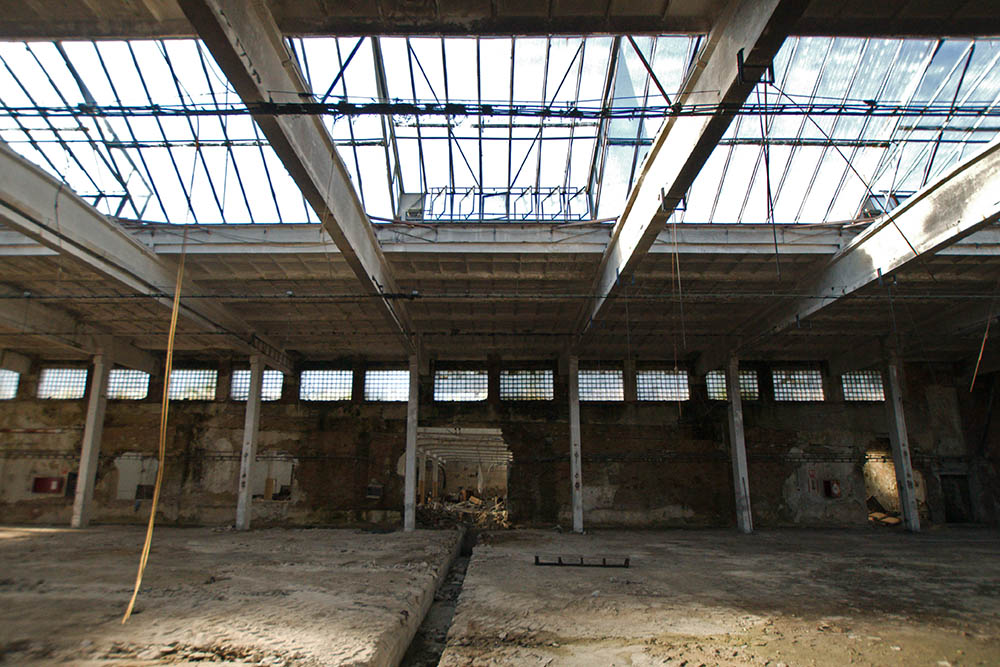
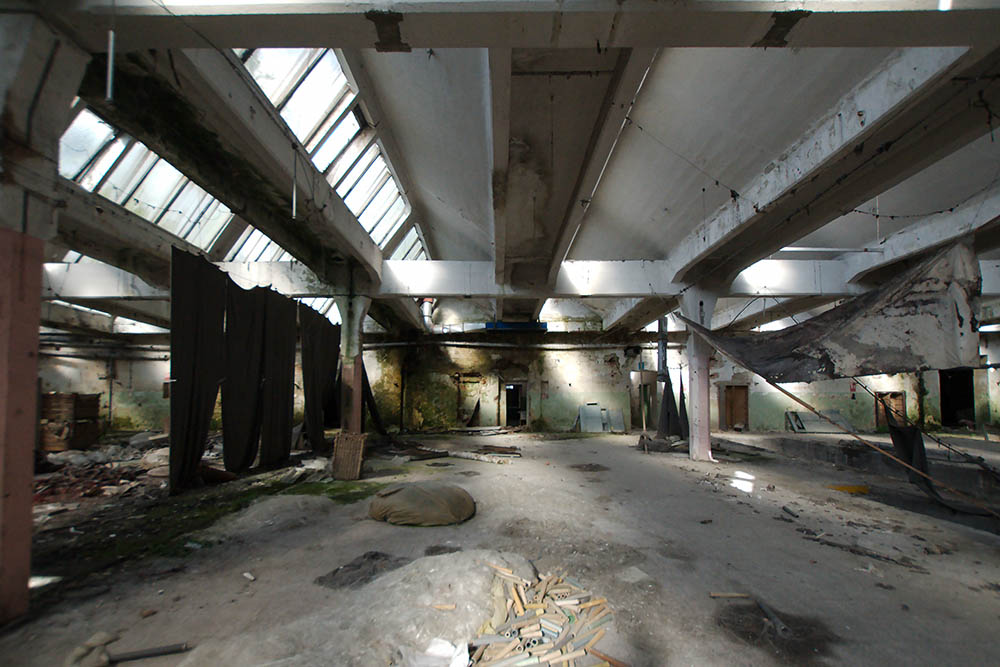
.
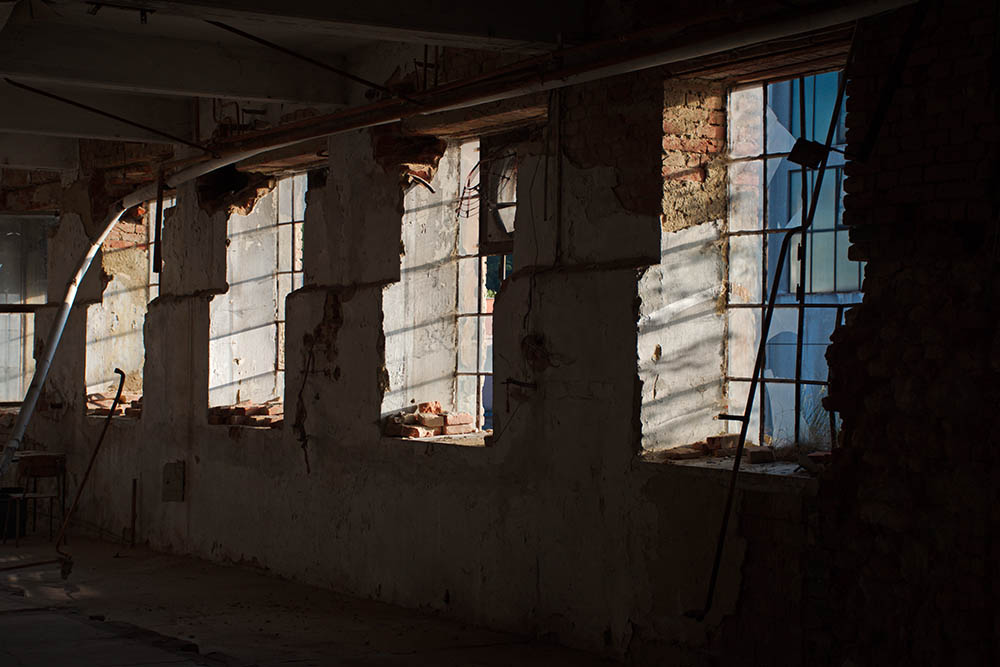
Afternoon May 7, 1945
There were three minutes of silence in the factory, outside the ground was shaking from the last heavy Red Army cannon, the war was at its very end, and close to the factory. The speech was written down by two camp prisoners skilled in shorthand, Frau Waidmann and Frau Berger.
Work ceases and everyone prepares for escape and relocation, intensive activity occurs. Oskar empties the factory's supply of food and medicines and everything of value that the camp prisoners can bring. The Armed Forces have also rented a store in the factory where blankets and some medicines are stored, this store Schindler now considers as its own and gives orders to distribute it among the now more than 1500 prisoners at the factory. Another store in Svitavy belonging to the SS that was damaged by the Red Army is visited by Schindler and his workforce where they can pick up 500 000 undamaged cigarettes, that's more than 300 cigarettes for each prisoner, a good commodity to start the peace with. The SS guards flee in fear of being captured and shot by the Red Army, the end of the war does not occur until after midnight. Oskar Schindler has announced that he plans to flee to the West five minutes after the end of the war.
..
Oskar Schindler has announced that he plans to flee to the West five minutes after midnight. The camp prisoners who all survived thanks to Oskar and Emilie now in some way wants to thank them for that they are alive. The Schindler Jews write a story about how they survived and how they were saved to life by Mr. Director Oskar Schindler. All 1200 Schindler Jews sign. They also want to give a gift as a thank you for surviving, but what?
An offer came from one of the prisoners who packed grenades at the factory, Simon Jerreth. He turns to another prisoner, the goldsmith Hersch Licht, opens his mouth and shows his gold dental jetty. "Without Schindler I would have been dead, and the SS melted my tooth gold". Take it and make a ring. While everything is being arranged for escape, Simon Jerreth is drinking himself deaden drunk so his gold jetty could be pulled out, melted and transformed to a ring. On the inside, is the inscription” whoever saves one life, saves the world entire” an interpretation from the Talmud.
.
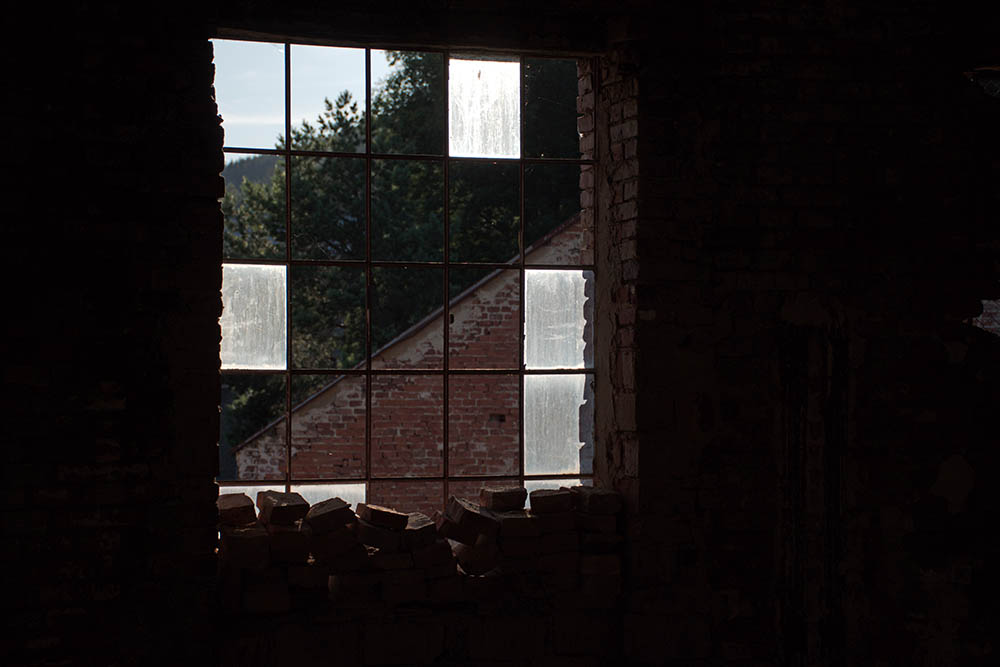
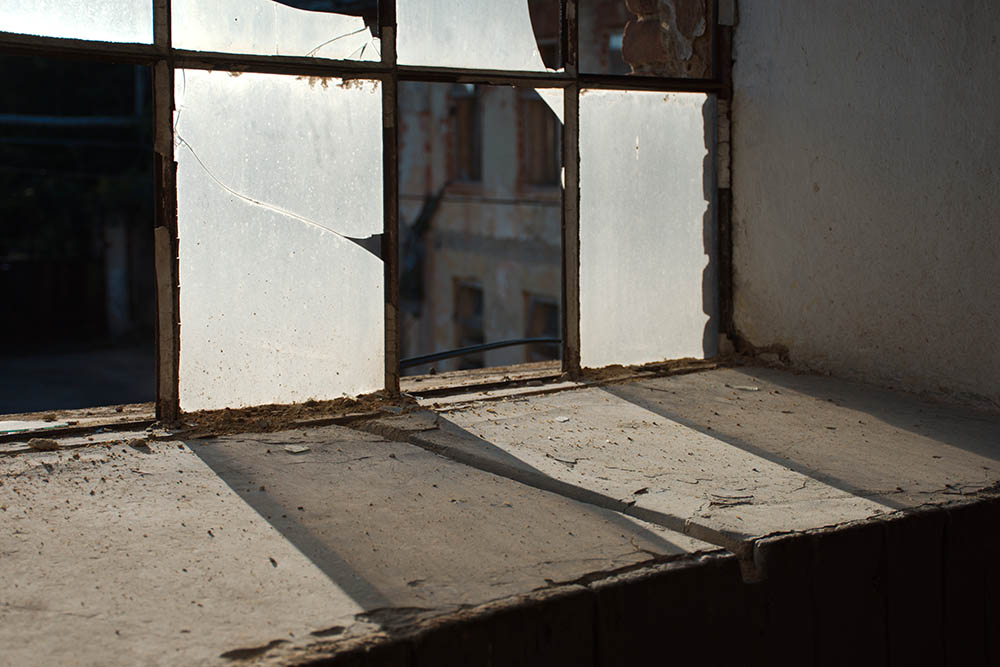
..
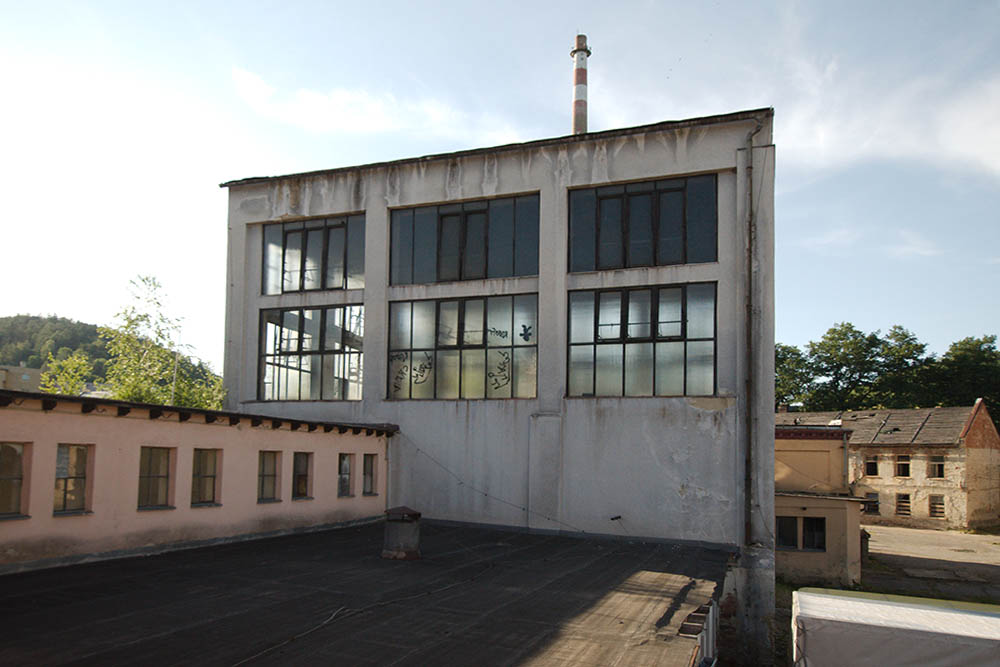
..
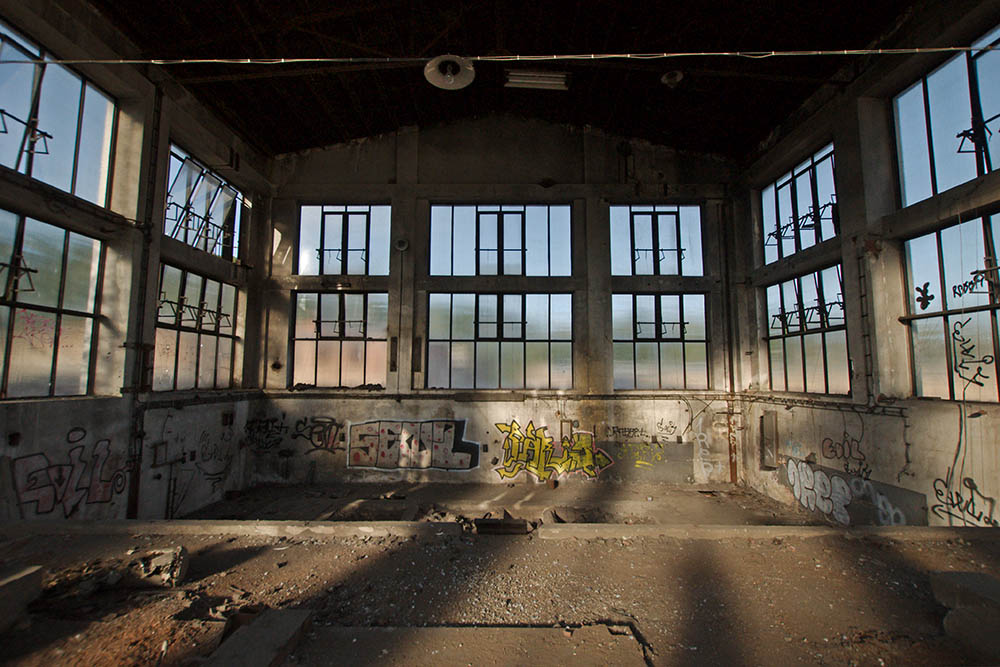
.
Brünnlitz 9 May 1945 at 00 05
Schindler's car is prepared at the factory yard, all the workers, now former camp prisoners have gathered to say goodbye. The written statement that tells they were rescued by Schindler is handed over. The ring with the inscription is handed over by Itzhak Stern and Oskar, Emilie and a driver leaving the area heading west.
In the film he is seen driving away with a driver in a prison suit along with Emilie in the back seat. It was just part of reality. Oskar and Emilie were also dressed in prison suits and behind Mr. Direktors fine Mercedes, other information says Horch, behind was a truck with supplies and five more camp prisoners. Later on, they get stuffed into a roadside check by American soldiers from New York, many of them with Jewish roots.
.
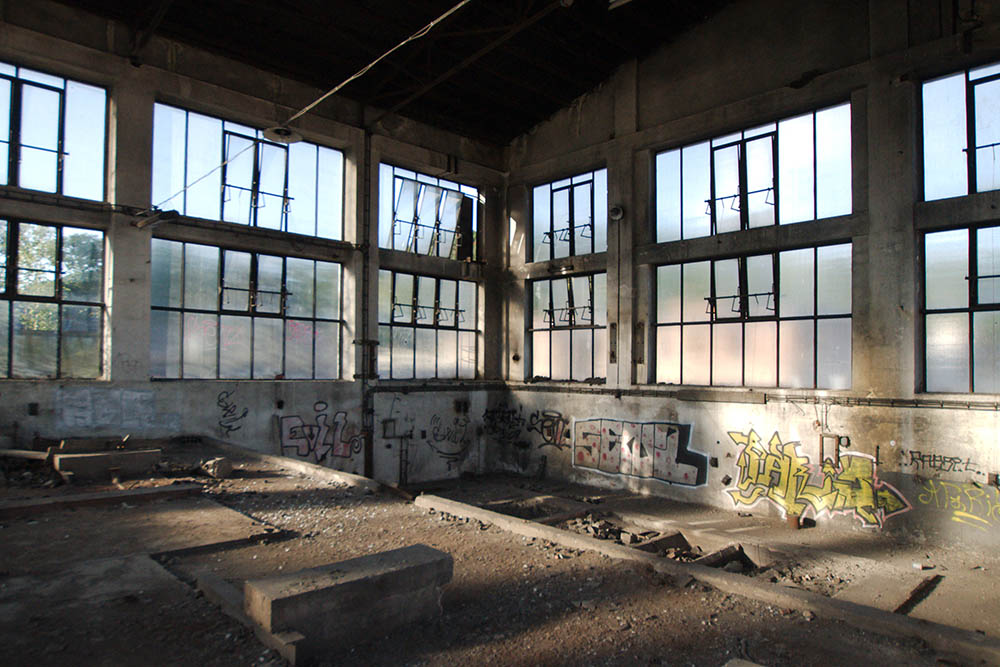
.
.
Oskar and Emilie's prosperous appearance make the soldiers suspect them be fleeing Nazis, even the six accompanying Schindler Jews look too prosperous so as not to arouse suspicion. Oskar submits the written story signed by his 1200 workers. The six camp inmates and Oskar and Emile are heard separately.
When it becomes clear to the Americans that the story is true, a teary-eyed colonel comes and hugs Oskar and releases everyone in Schindler's company. In the coming week, the company eats together with the highest commanders and is well taken care of. Oskar also has the opportunity to give testimony about the violations that took place in Płaszów and who made them.
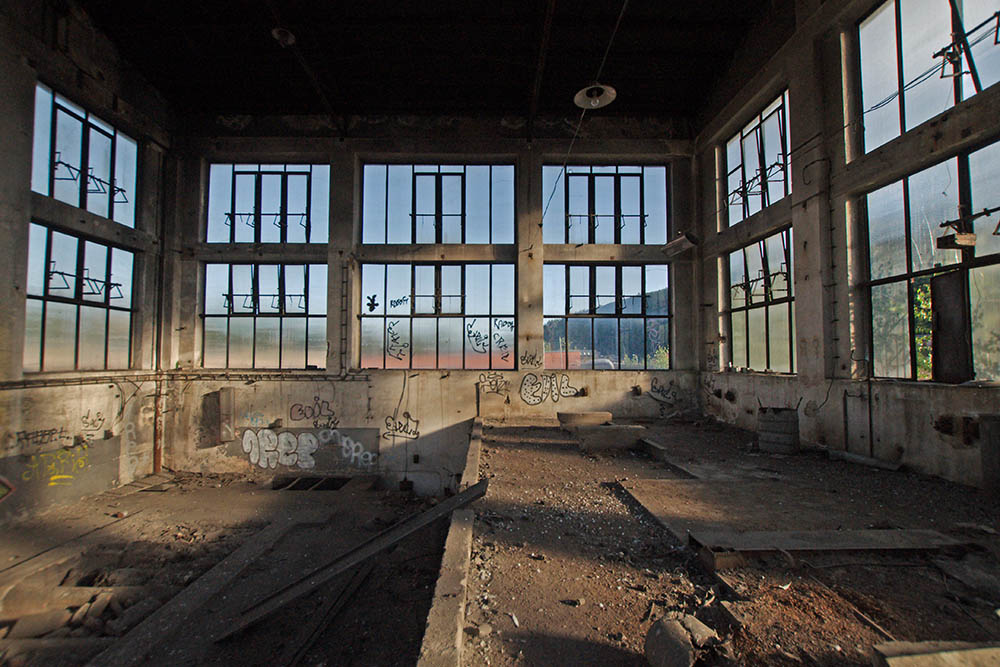
..
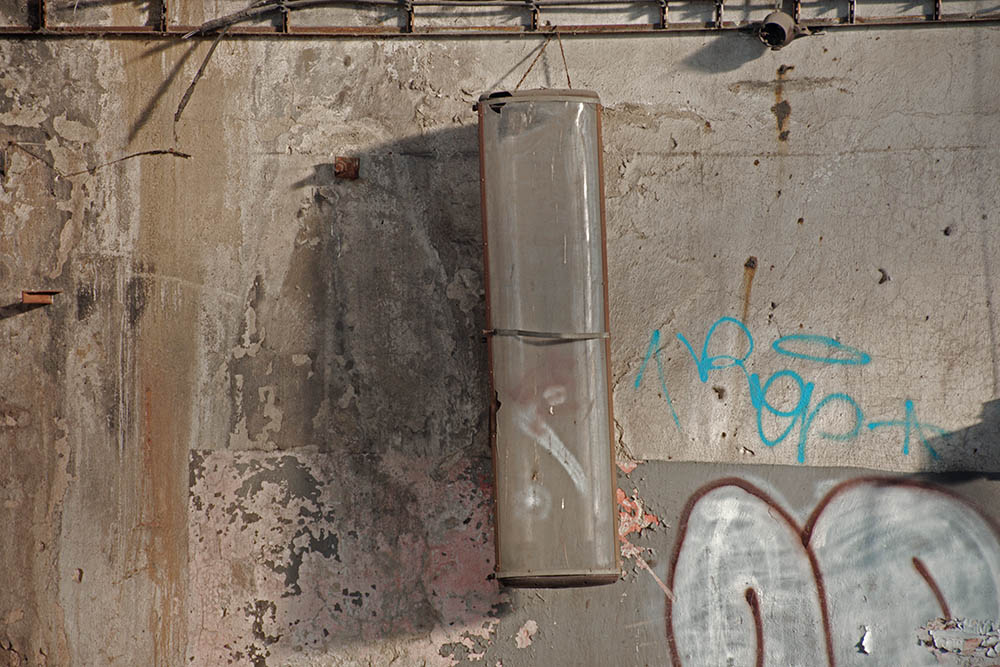
.
The next week they head west towards Baden Württemberg and the Black Forest, which are part of the French zone, the goal is to move on to Switzerland for departure to Argentina. When crossing the border into well-guarded Switzerland, they are taken, this time by French soldiers. Once again, their well-nourished appearance created suspicions by the French military. They are placed in separate cells and interrogated, unfortunately for Oskar, the prisoners' signed story remains with the former US hosts.
.
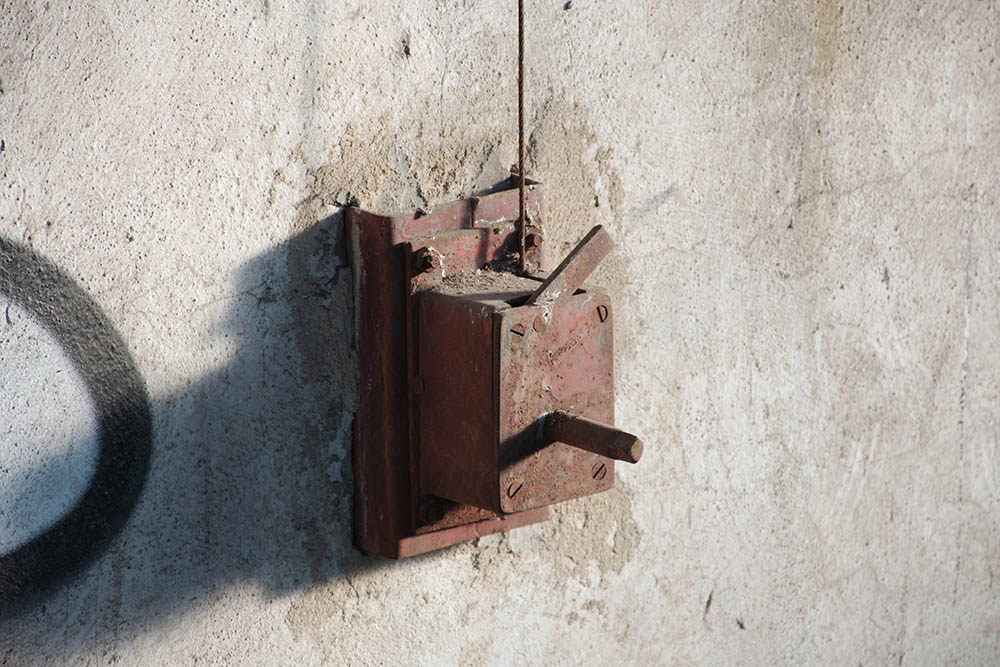
.
The prisoners are heard separately and their stories match, some facts can also be checked through contacts in Krakow. After a few days, they are released and welcomed by the highest officers who apologize and offer the whole company the best the French army can offer. After a week of good French food and good French brandy, the seven go to Konstanz, the border to Switzerland with the help of the French military.
.
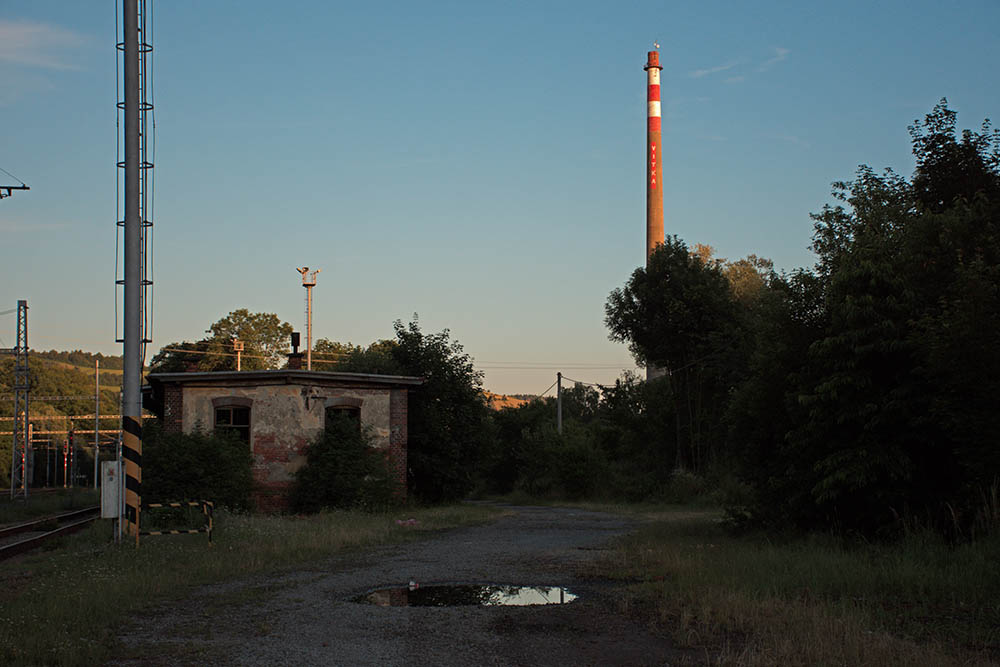
.
Brezova nad Svitavou 74 years later,
Thursday 4 July 2019
It starts with an email conversation in January and now half a year later I am on a bike and soon trampled myself to Brezova. Temperatures have fallen below the 30°C mark, in addition, I am at 400 meters altitude which helps to keep the temperature slightly lower. I have previously been in contact with Jarozlav and Barboara who now live in a house that belonged to Schindler's factory complex, a very special house. Nowadays they run Restaurant Heger here next to the Prague-Vienna railway.
A very special house! The house was originally furnished as a casino on the ground floor and a brothel on the upper floor. This was part of Schindler's extensive bribe system. Good food, coffee and spirits were included for the most part. When higher SS people came to inspect the wrongly calibrated grenade production, Oskar made sure they also got a round at the Casino and upstairs.
When some properly calibrated sleeves were shown and the men in grey let themselves be bribed by the aforementioned gastronomic and meaty appetites, the factory and its products were always approved. The women of easy virtue, according to what I heard came from the village's local entertainment establishments and was bought over when the need arose, as usually in the case with Schindler, the payment was extremely generous.
..
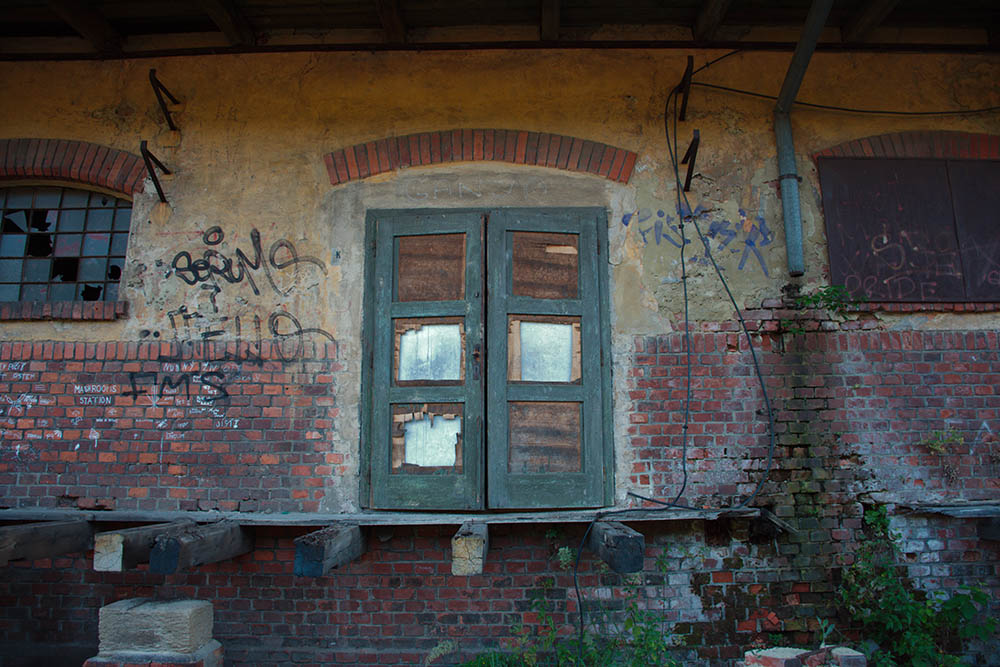
.
.
.
As a funny parenthesis in this long story, after almost 1000 kilometres of cycling, I was allowed to sleep in Schindler's brothel, something beyond ordinary usual touristy, no ghosts were visible.
It was walking distance to the factory, about a kilometre, I walked the same way along by rail, the same distance as the rescued camp prisoners went. It was summer, afternoon and pleasant temperatures. I'm trying to imagine those who walked here on a cold October morning 75 years ago, it's impossible, it was too comfortable in the afternoon sun.
The factory consists of three buildings; the original factory, which was built to accommodate the machine presses. A newer, larger factory building and Schindler's office and administration building. All in a state that justifies the name ruin. When Vitka closed down its production, the factory was bought by a less exacting person who emptied the area of everything of value and left empty shells and in that condition the factory stands today. In Brněnec, the factory is completely anonymous, not a sign, not a memorial, nothing reminiscent of the fact that here 1200 Jewish prisoners and 300 others were saved from the Nazis'.
A huge THANK YOU to Jaroslav and Barbora for your hospitality
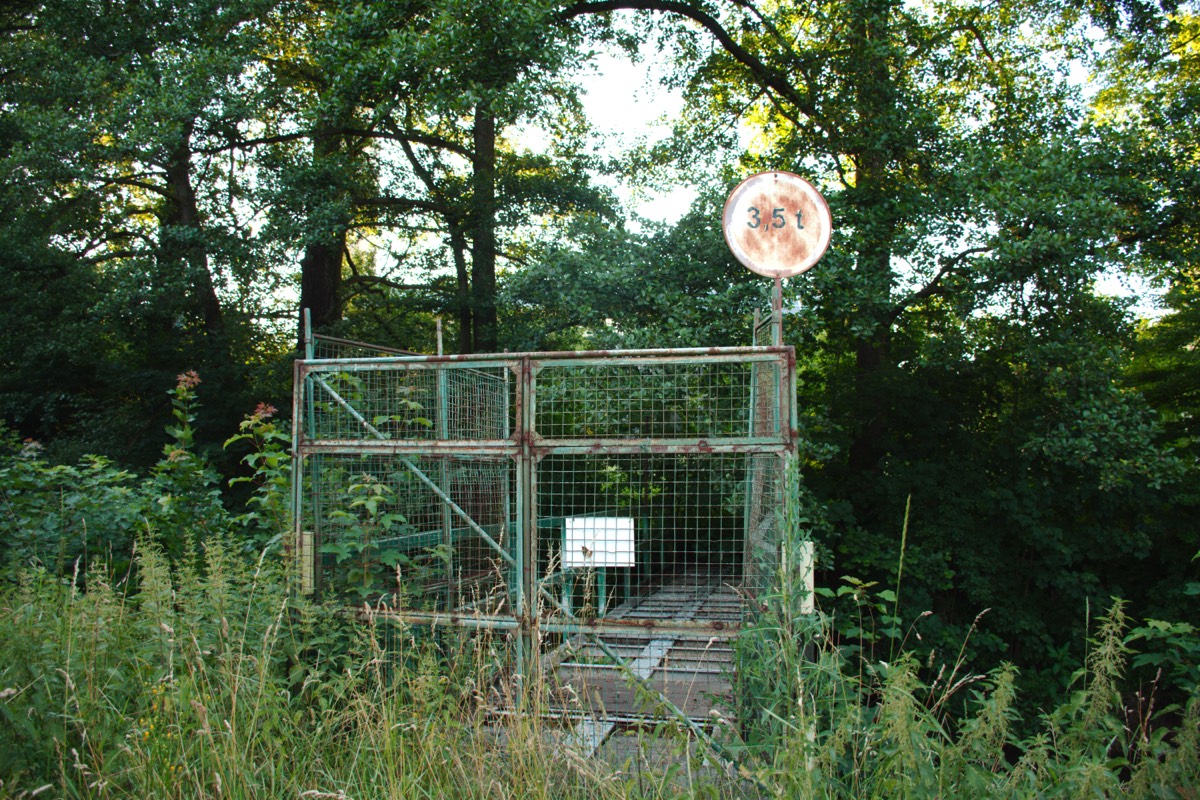
This never could have happened -this never could have gotten started- without a survivor named Poldek Pfefferberg who Oskar Schindler saved from Auschwitz, from Belsen. He´s the man who talked Thomas Keneally into writing the book. I owe him such a debt; all of us owe him such a debt. He has carried the story of Oskar Schindler to all of us, a man of complete obscurity who makes us wish and hope for Oskar Schindlers in all of our lives.
Steven Spielberg's speech after he received the Oscar statuette for best directing in January 1944
Spielberg, who had never received an Oscar statue before, had two nominated films. Jurassic Park which received three and Schindler's List seven Oscars.
.
What happened to Oskar Schindler?
Oskar and Emile are now proletarians, the last remnants of the fortune he earned during the war are spent. They move to Argentina where they run chicken farms for ten years, after which the business goes bankrupt. Oskar leaves Emilie in Argentina and returns to Germany, they will never see each other again. With the help of financial aid from his Schindlerjuden he tries to run a cement factory, without success. Oskar was what we would consider alcoholic already in Krakow and it did not get any better.
.
.
October 9, 1974 Oskar died of a heart attack. Emilie stayed in Argentina but returned many years later to Germany and died in Berlin on October 5, 2001. About Schindler's deeds there is as a lot to read, there are myths and we know that memory does not always follow the reality as we remember it, it also applies to all those who testified about Oskar and Emilie Schindler. He was a member of the Nazi Party, he deceived his wife, he bribed, lied and used all the means he could to get what he wanted, that will saved more than 1 500 lives..
.
“There will be generations because of what you did”
Itzhak Stern to Oskar Schindler at the farewell.
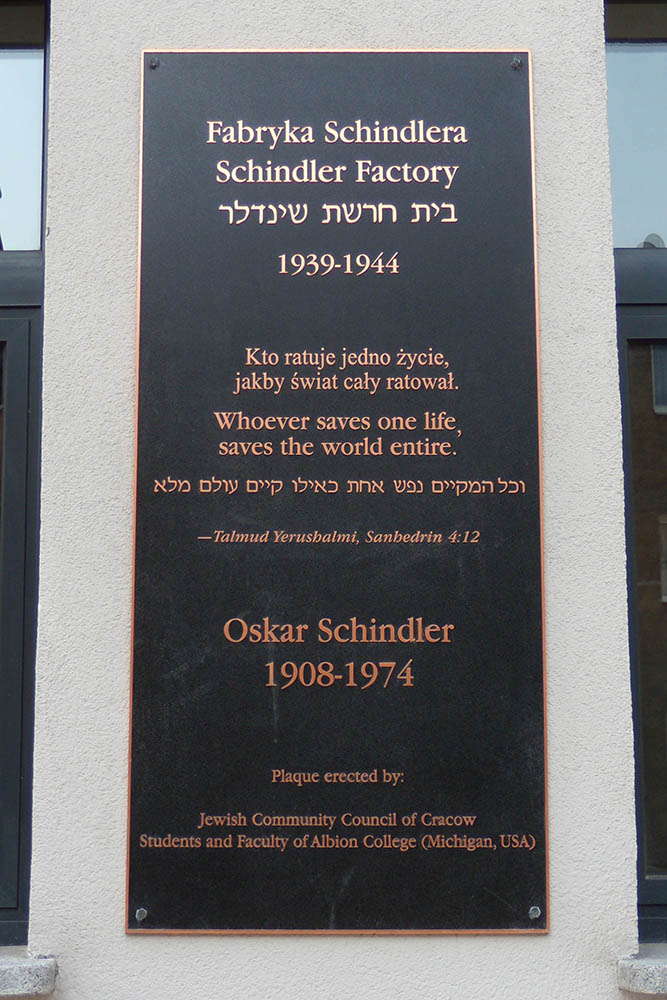
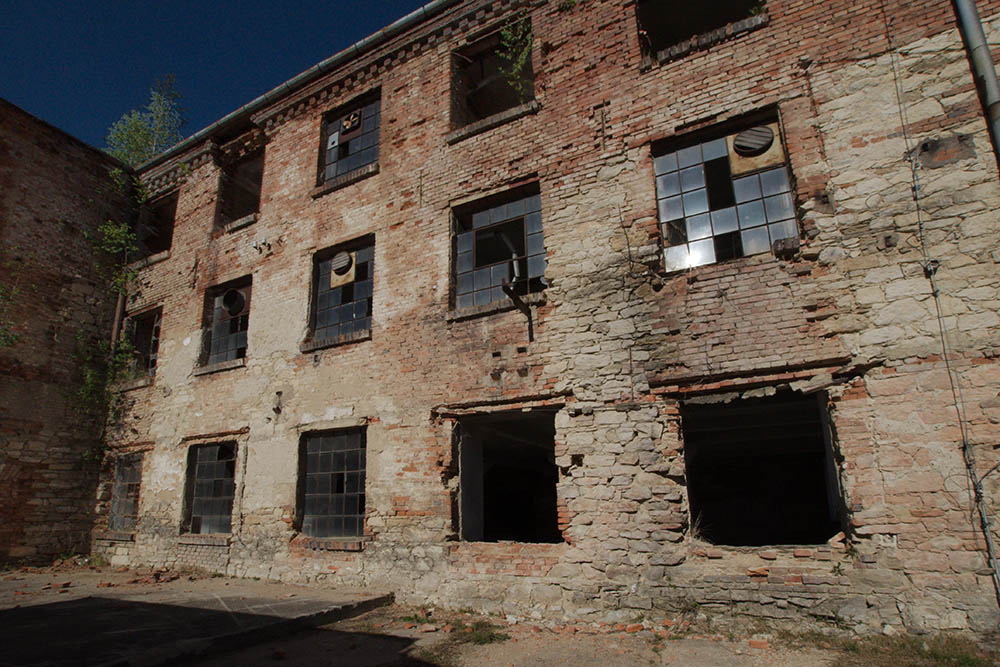
Left: Sign at DEF in Krakow
Below: North entrance to Brněnec
.
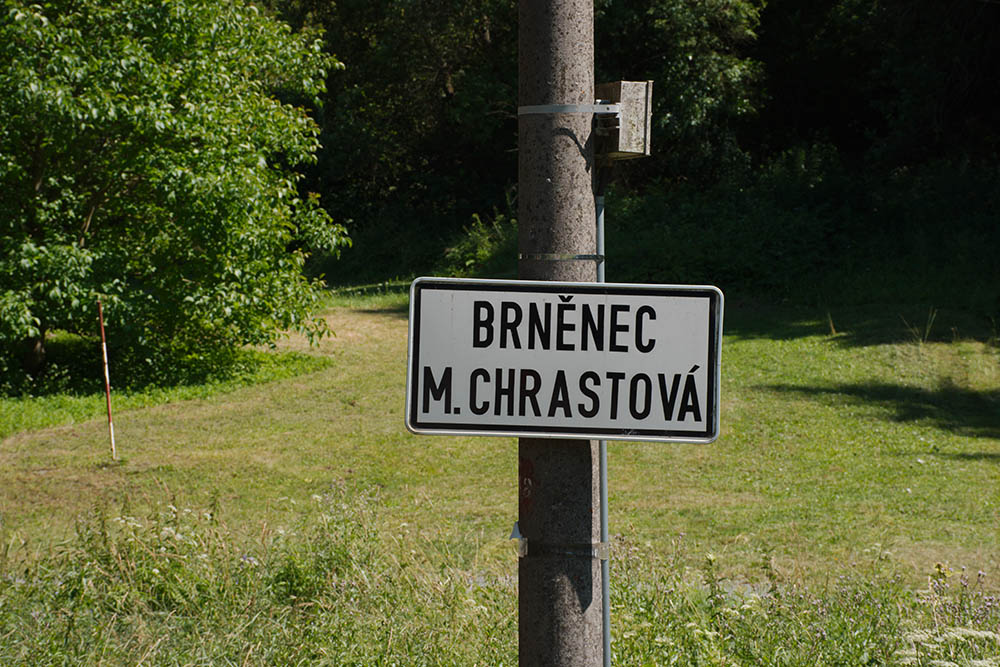
.
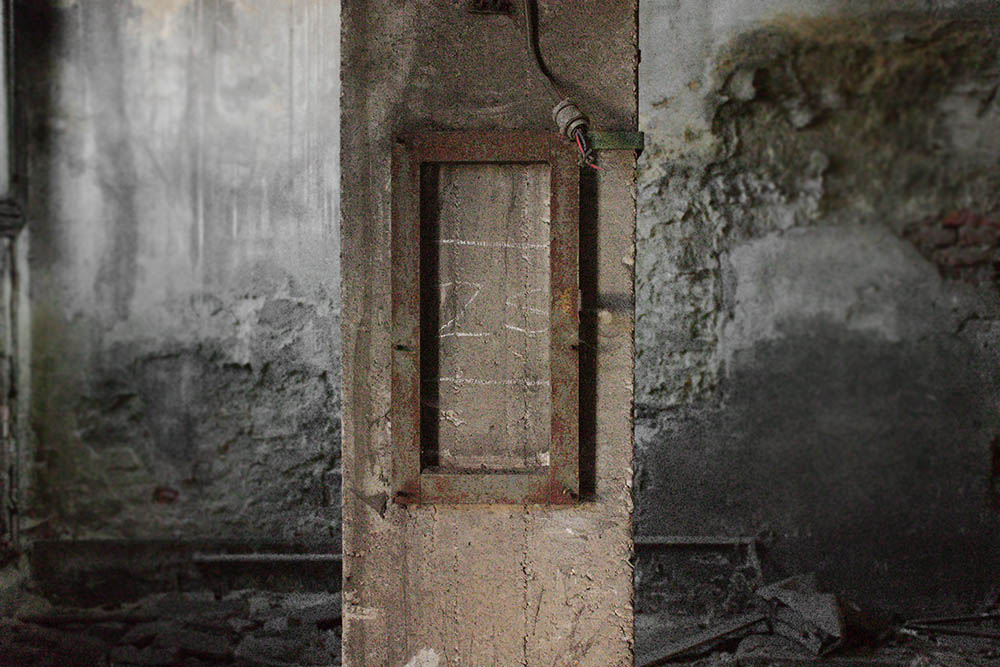
.
